index.md 34KB
title: Newsletters
url: https://www.robinrendle.com/essays/newsletters
hash_url: 99c13c692e
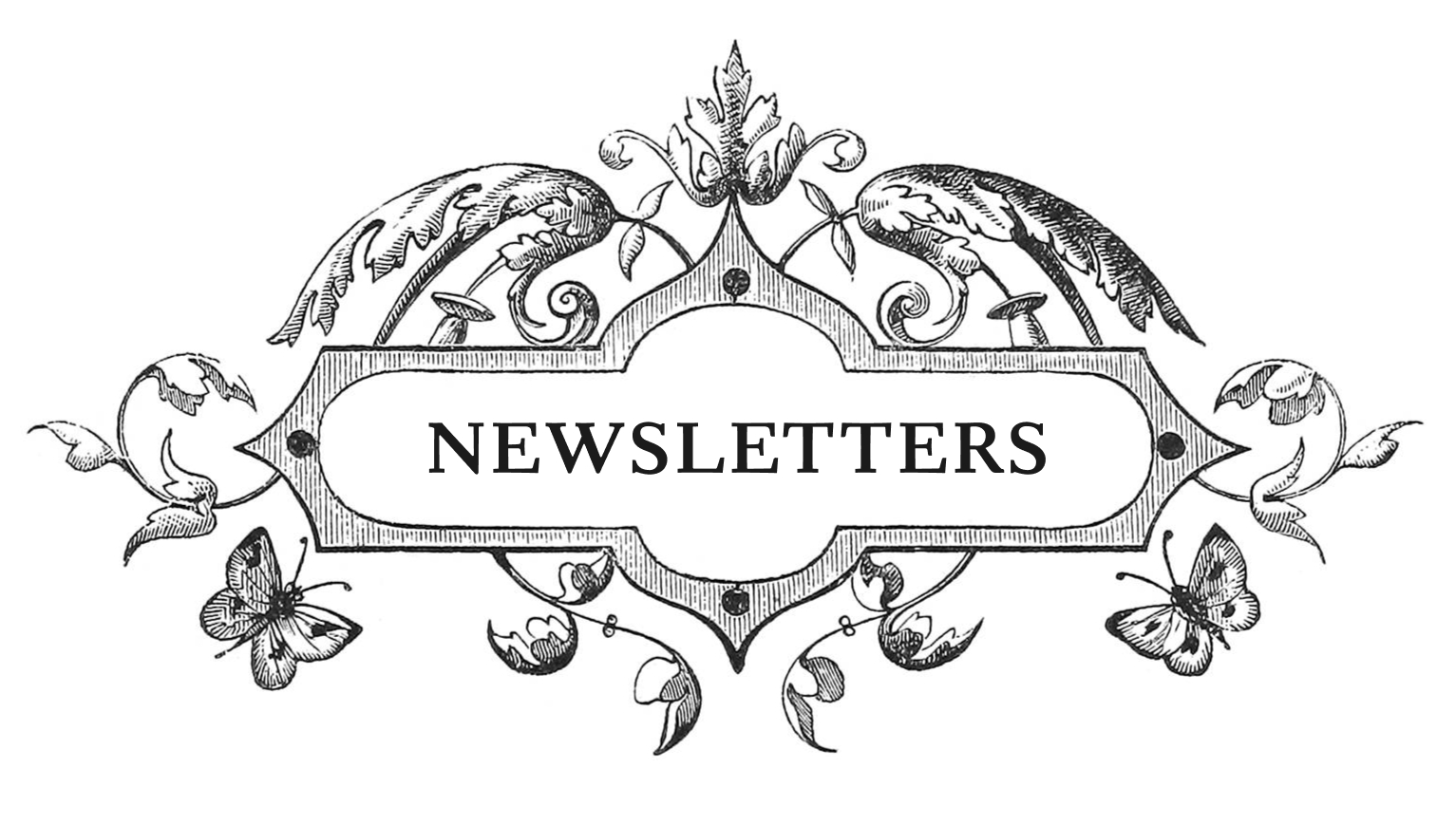
Robin Rendle ∙
Newsletters; or, an enormous rant about writing on the web that doesn’t really go anywhere and that’s okay with me
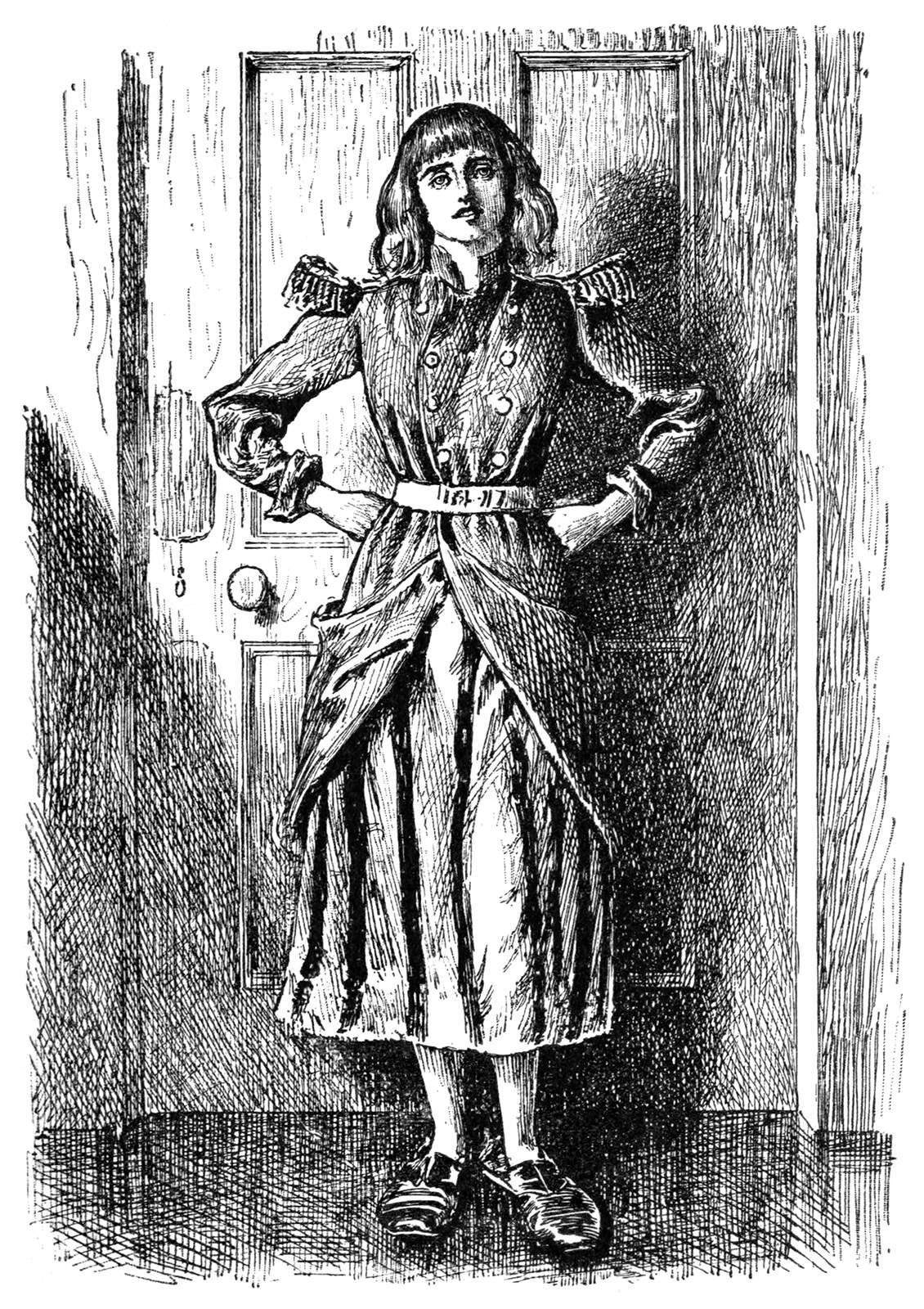
My friend Lucy once told me that she falls in love with the way that someone thinks…
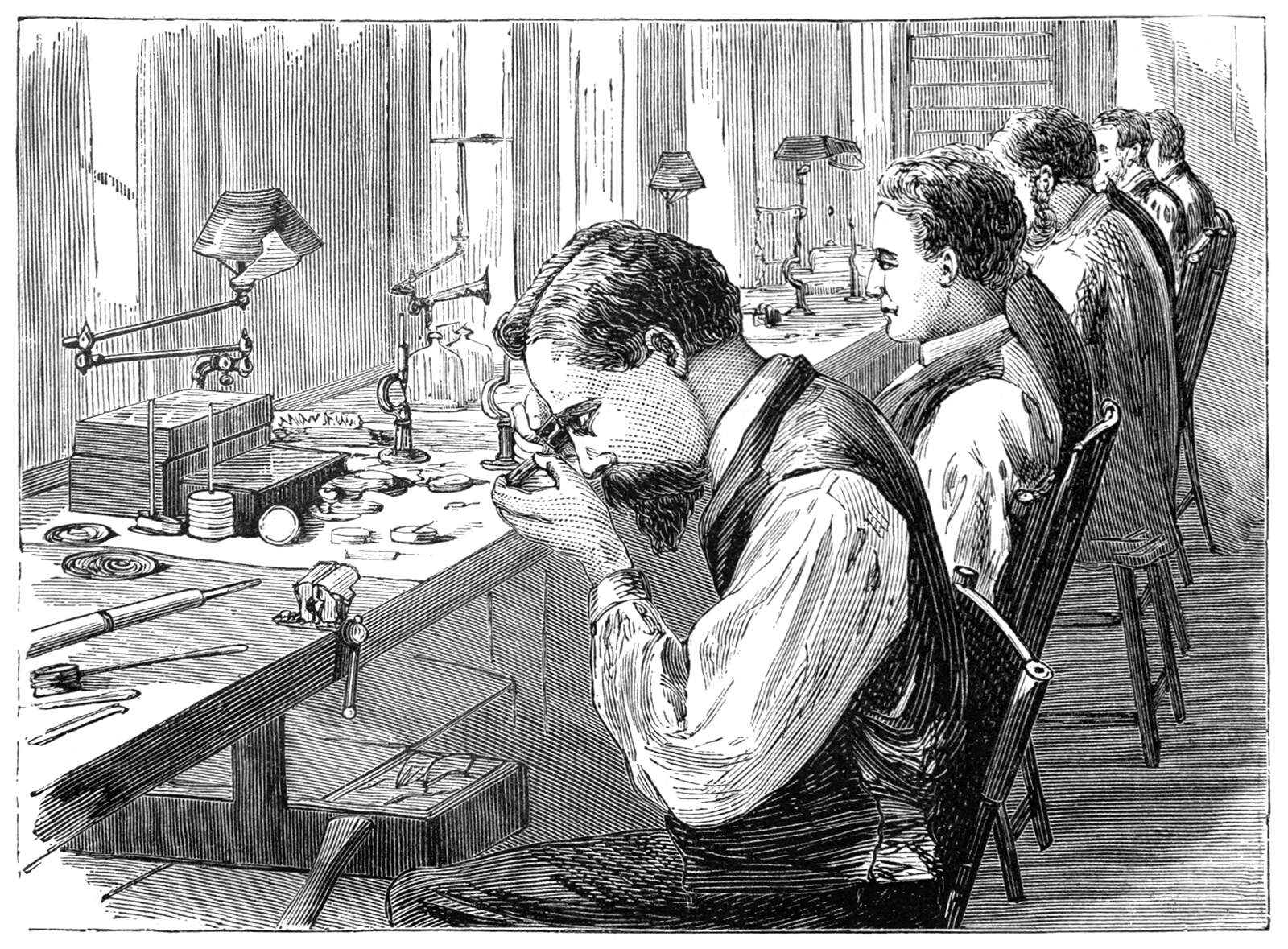
…and that’s what newsletters make possible for me; they’re a record of how strangers see the world.
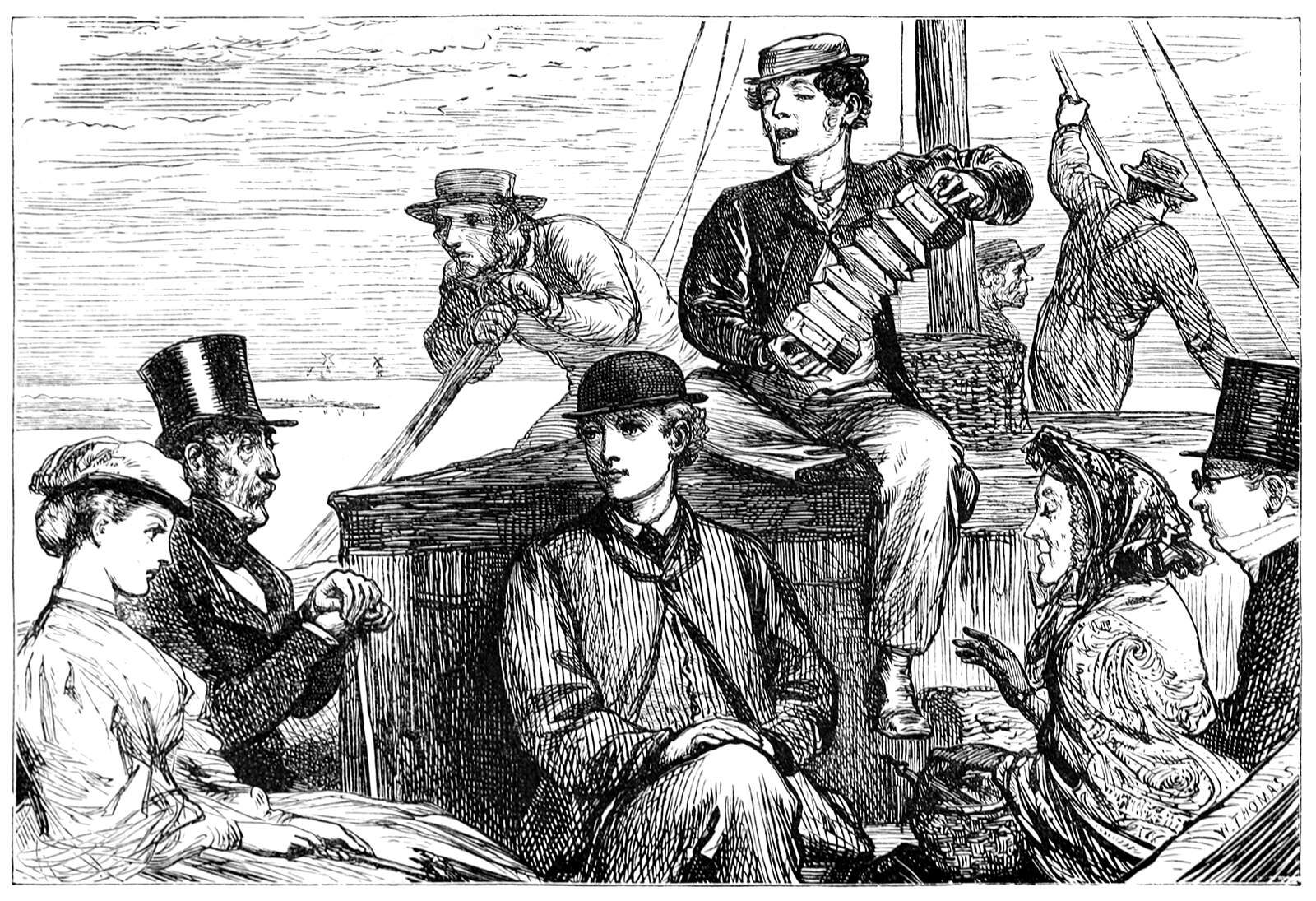
Newsletters give me permission to fall in love with someone I'll never meet…
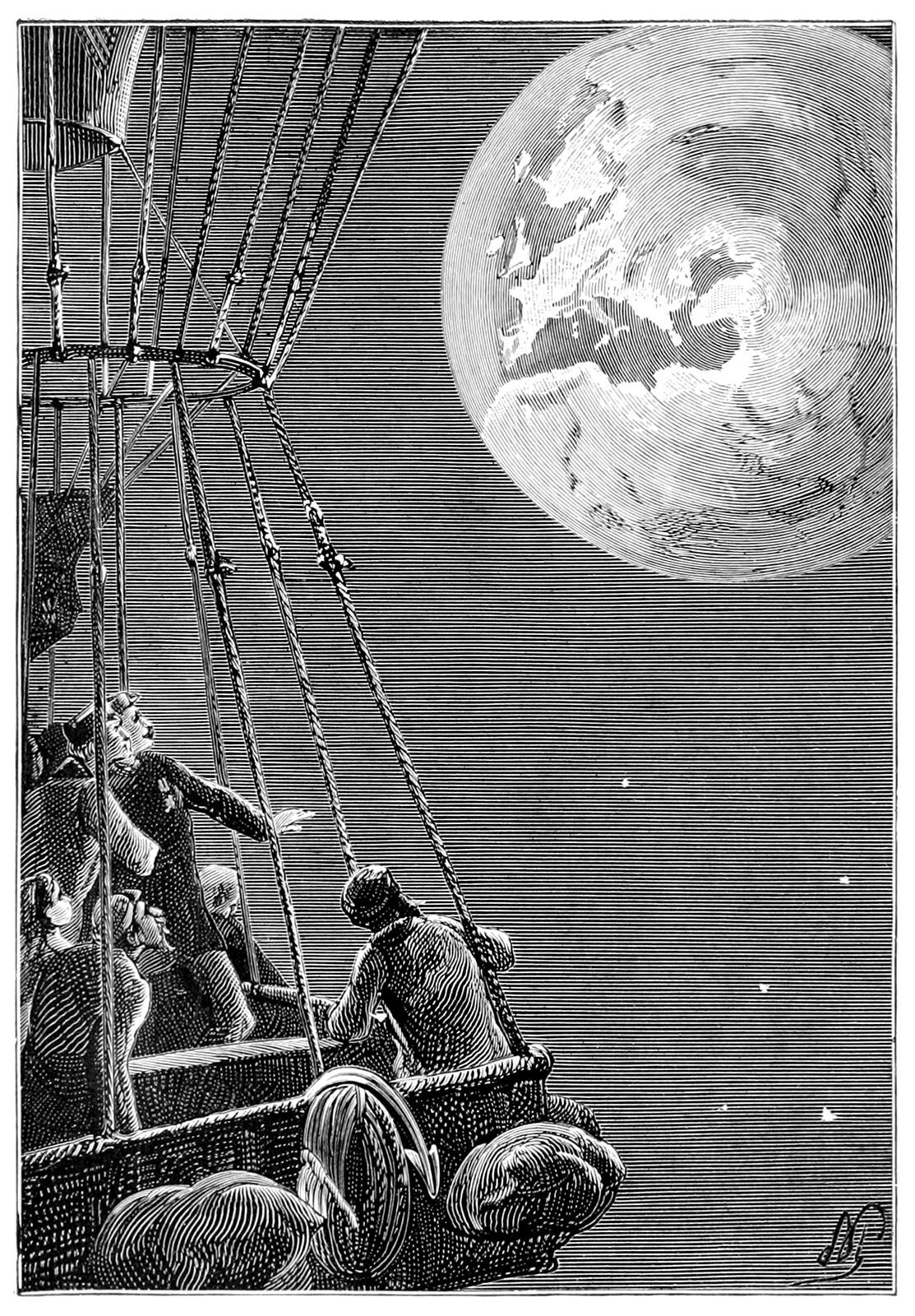
…someone very far away…
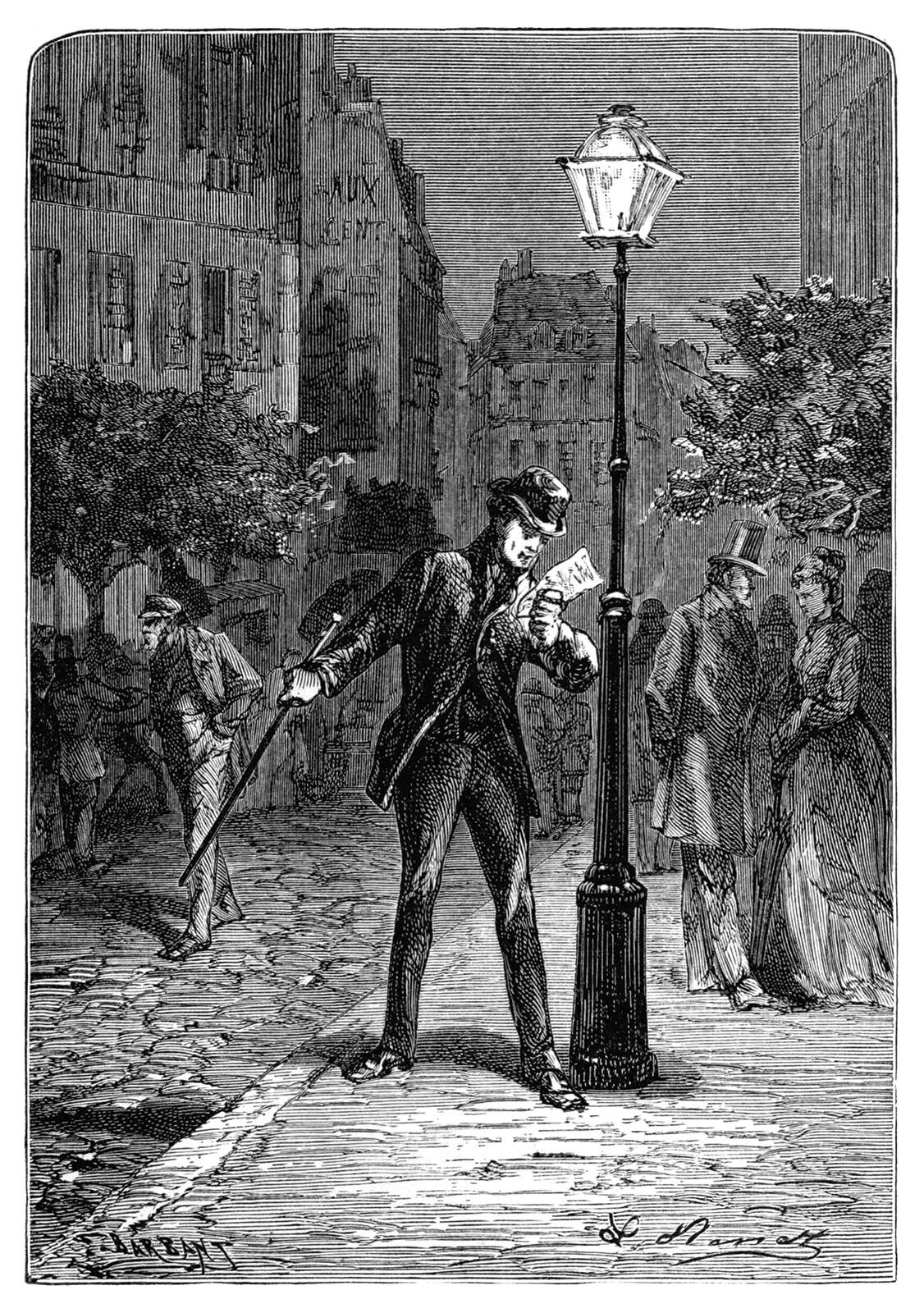
And over the past few years I’ve fallen in love with so many writers through newsletters! On all sorts of subjects!

There are dazzling newsletters; those of grand adventures and epic mysteries…
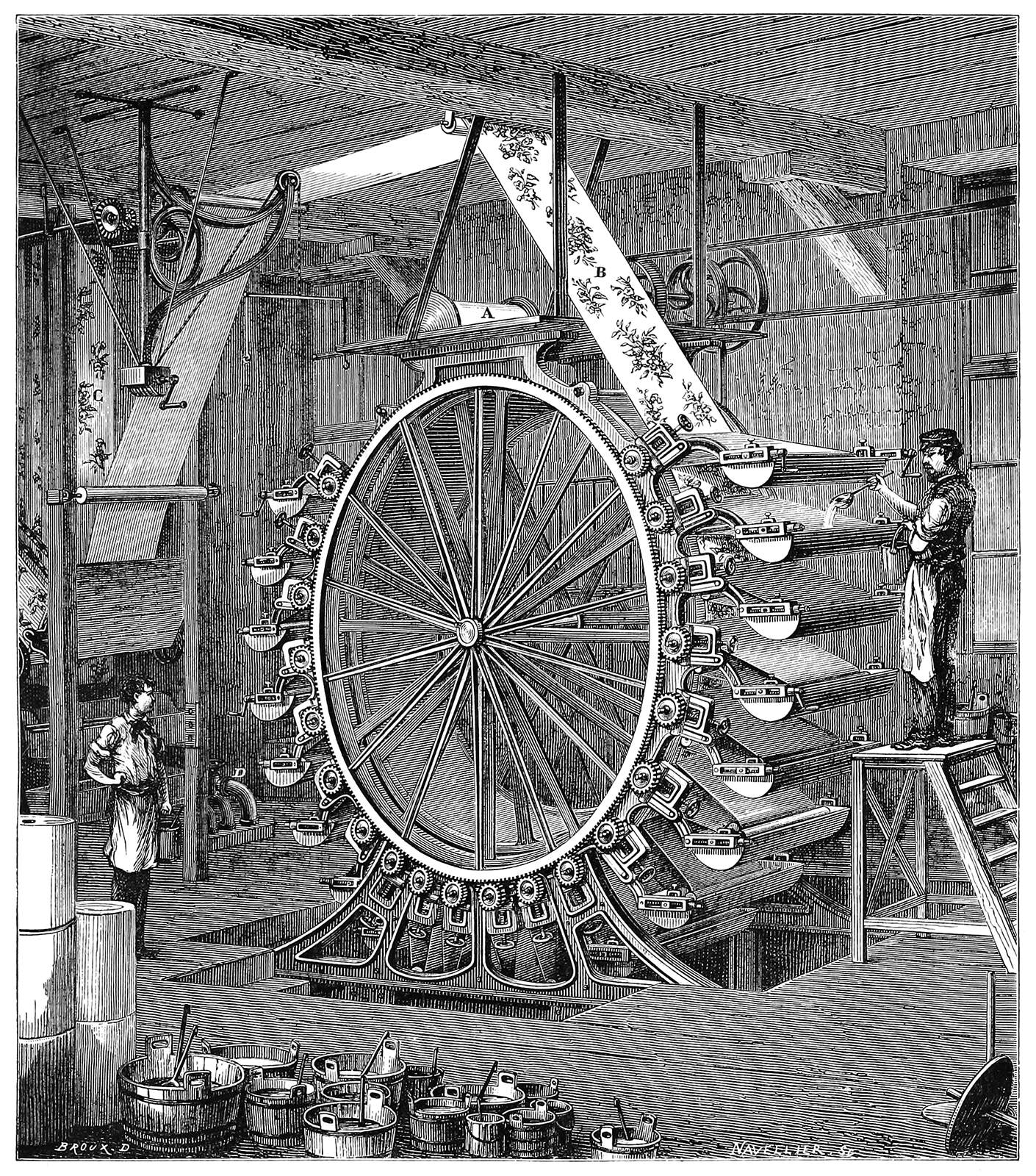
...and newsletters about complex systems, showing us how the world is put together.

Not to forget smaller newsletters, too. Break-ups! Coffee beans! Clocks! Northumberland flower gardens! These sit side by side with newsletters that are just…

…weird.
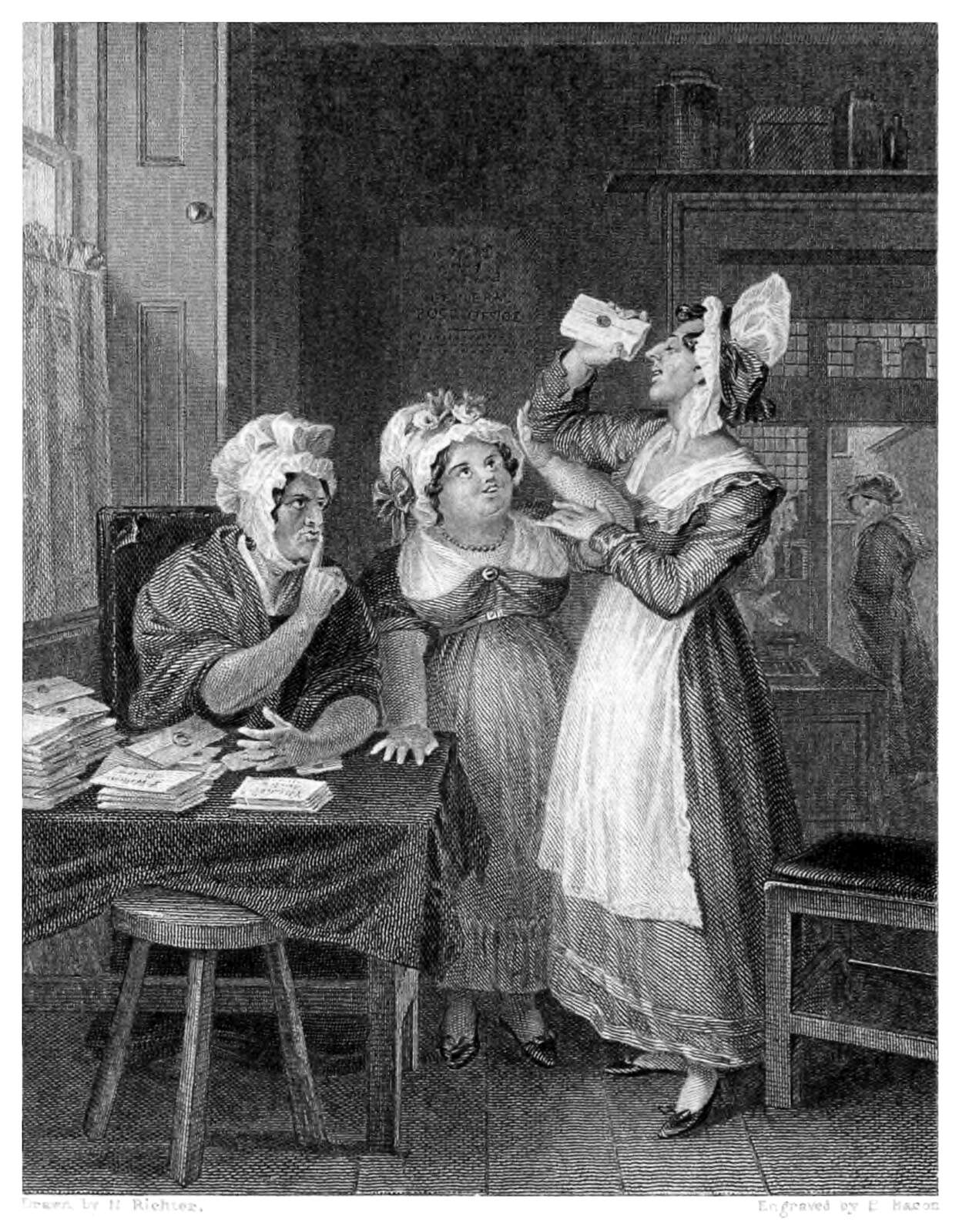
So my question here is a difficult one to ask, because I love newsletters so very much…
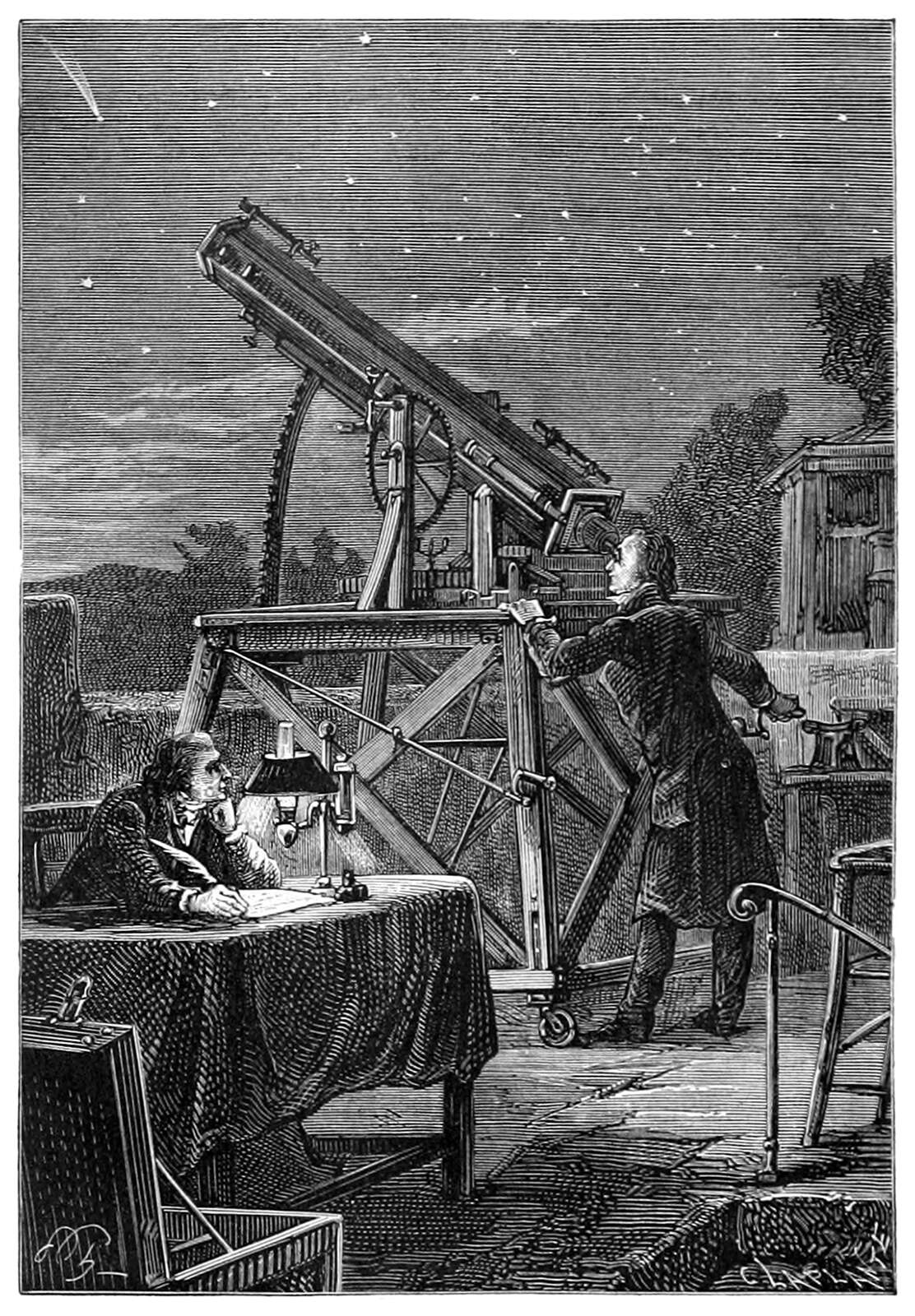
…but is this progress?
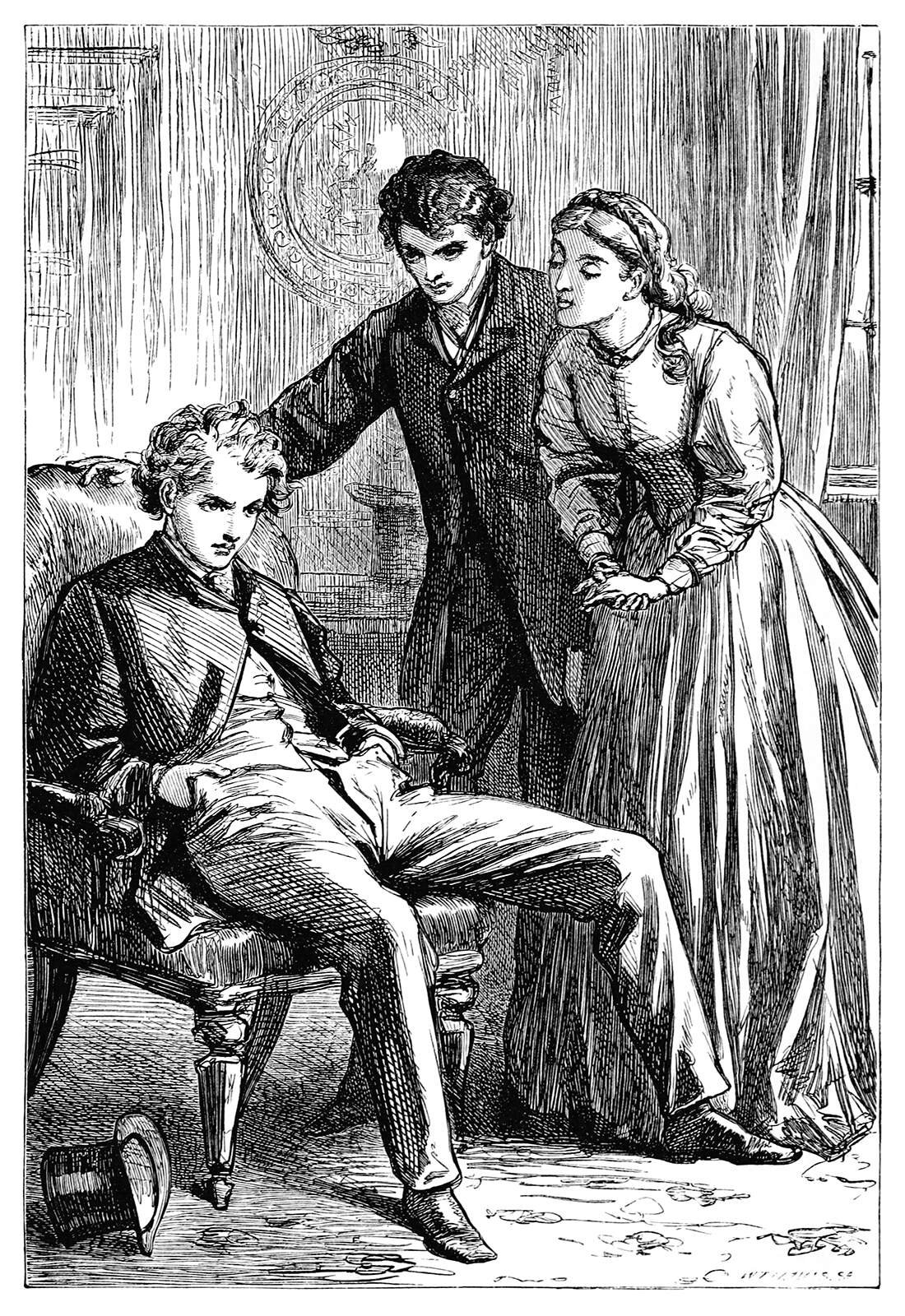
I guess there’s something about newsletters that bugs me, and I can’t put my finger on it.
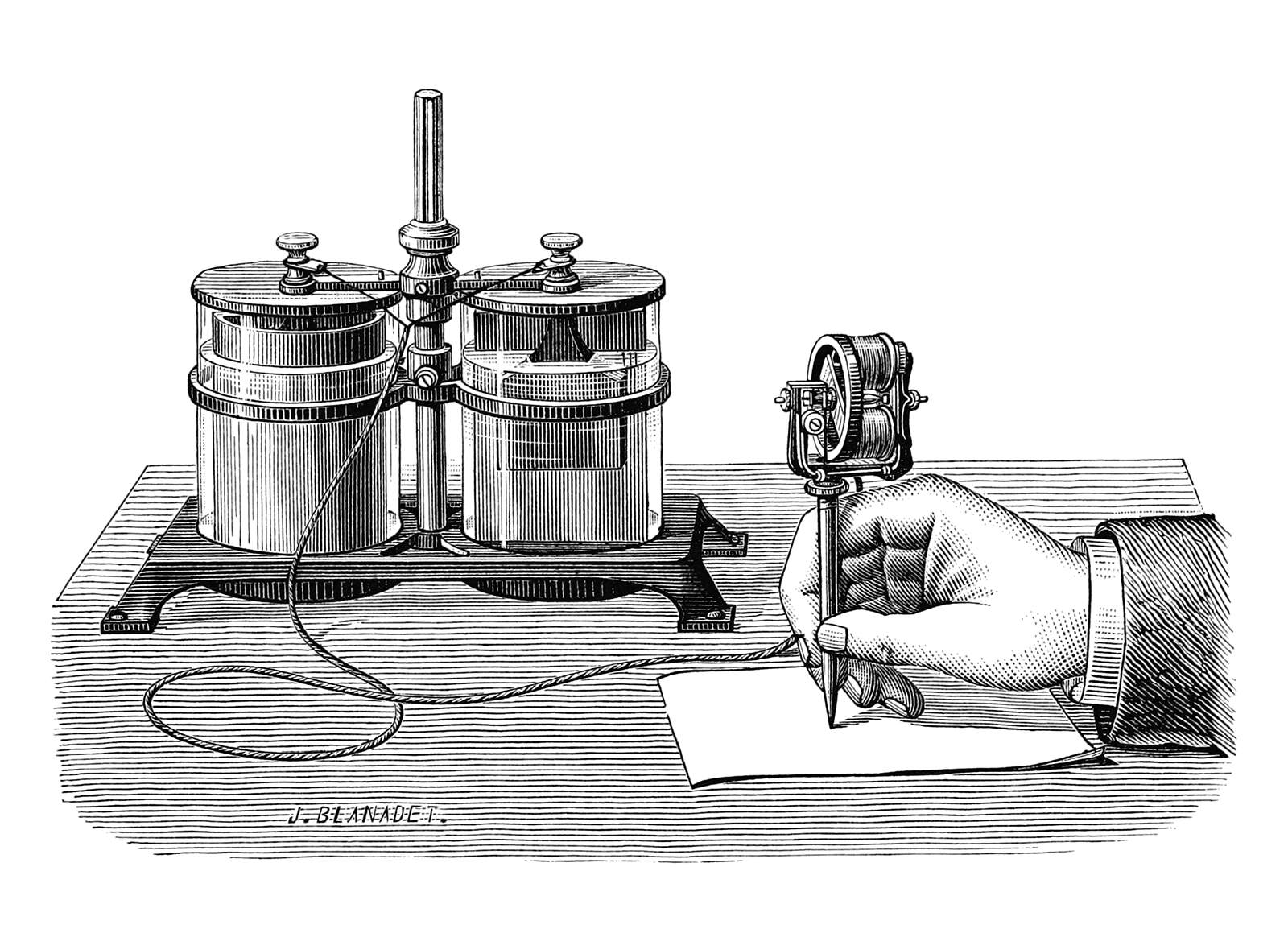
It bothers me that writers can’t create audiences on their own websites, with their own archives, and their own formats. And they certainly can’t get paid in the process. (Although yes, there are exceptions).
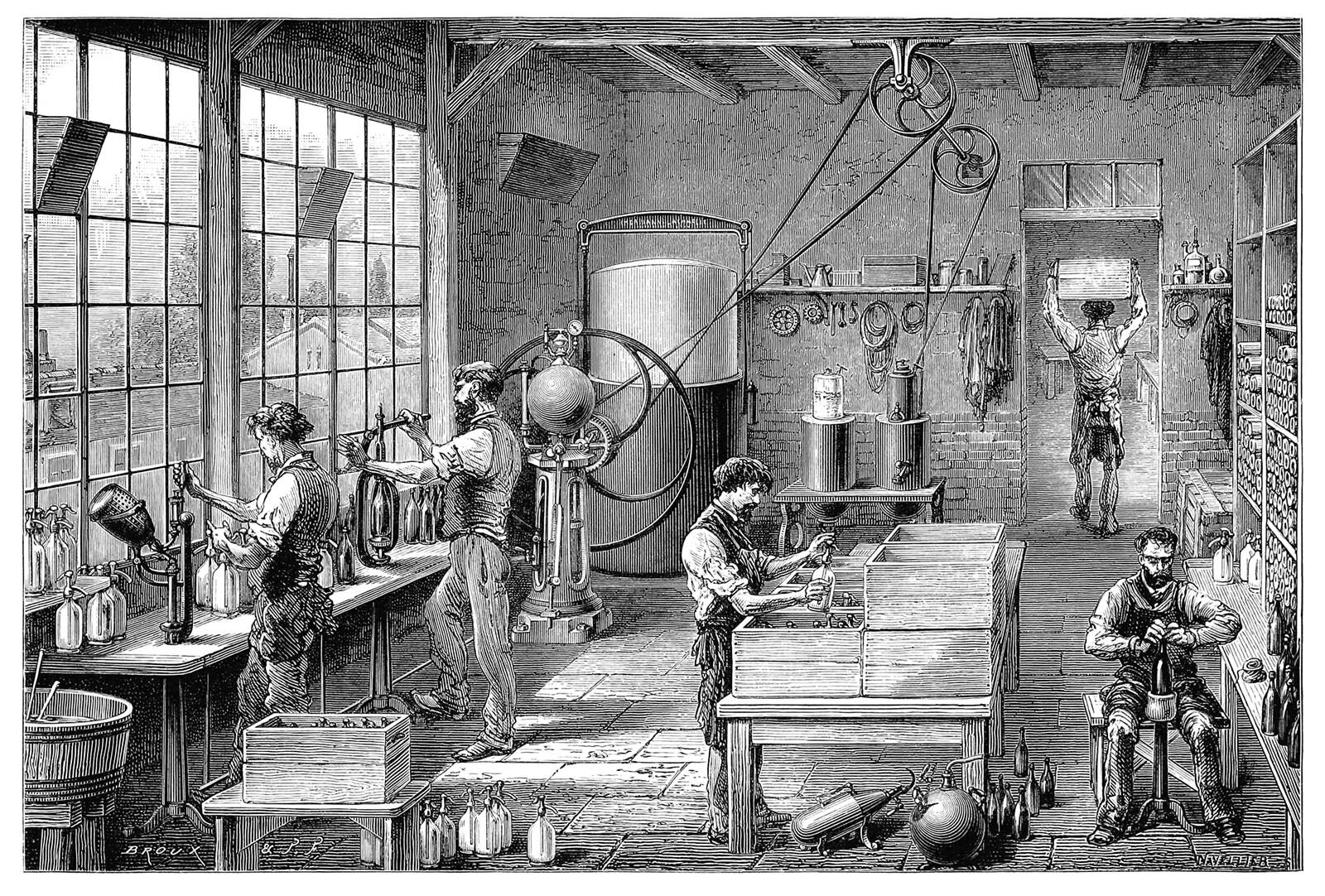
Heck, just the technical expertise required to have your own website is extremely cumbersome and inaccessible to many.
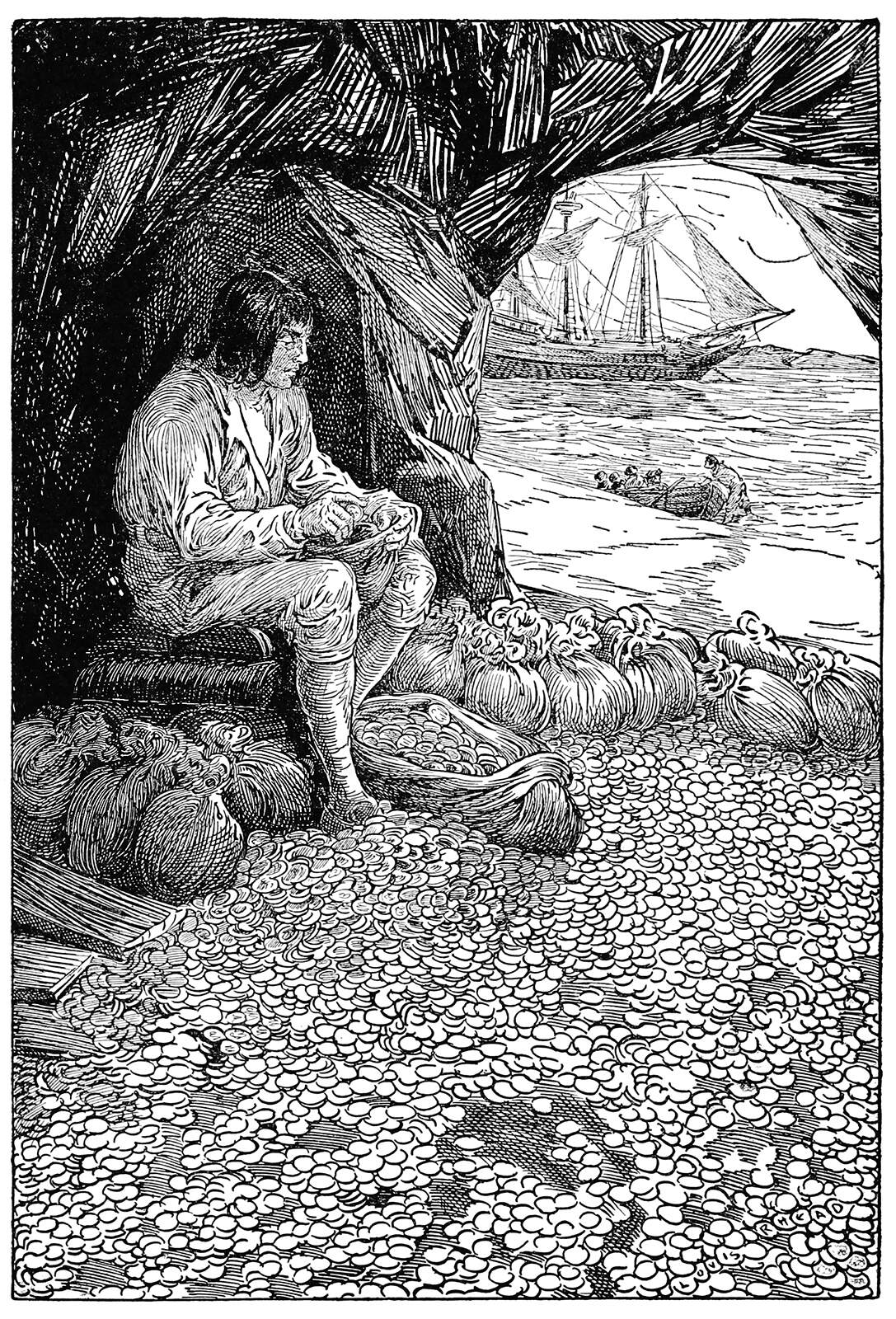
You might think: ah, newsletters are the future because that’s where the money is!

But the real advantage with newsletters is that they give us super powers. You don’t need to learn about HTML or CSS or databases to get started.

Despite these super powers, I still think that using email to send words to each other is just entirely ugh.

Perhaps I feel this way because reading everything in my inbox is somewhat antiquated. It’s almost as if we’ve gone back to reading off parchment after we invented books.

Books are so much better than parchment in the same way that websites are so much better than email.

And we’ve all moved to newsletters at the very moment when websites can do amazing things with layout and typography! We finally have grids and beautiful fonts and the wonders of print design on the web for the first time.
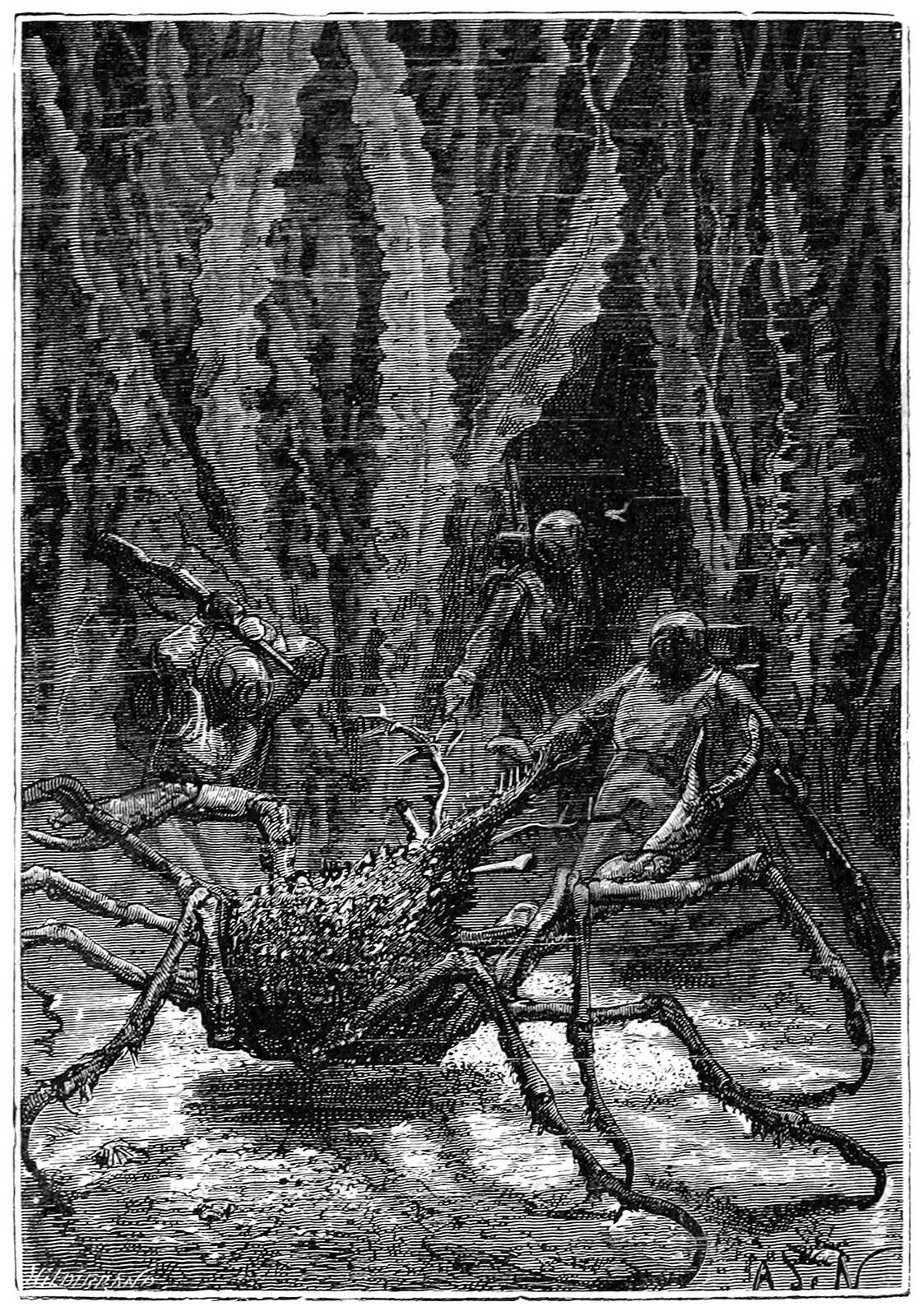
Yet websites are treated as these embarrassing, ugly, ad-riddled things, whilst newsletters have established some kind of prestige for themselves somehow.

The web doesn’t have to be this ugly and embarrassing thing though; the web can be made beautiful.
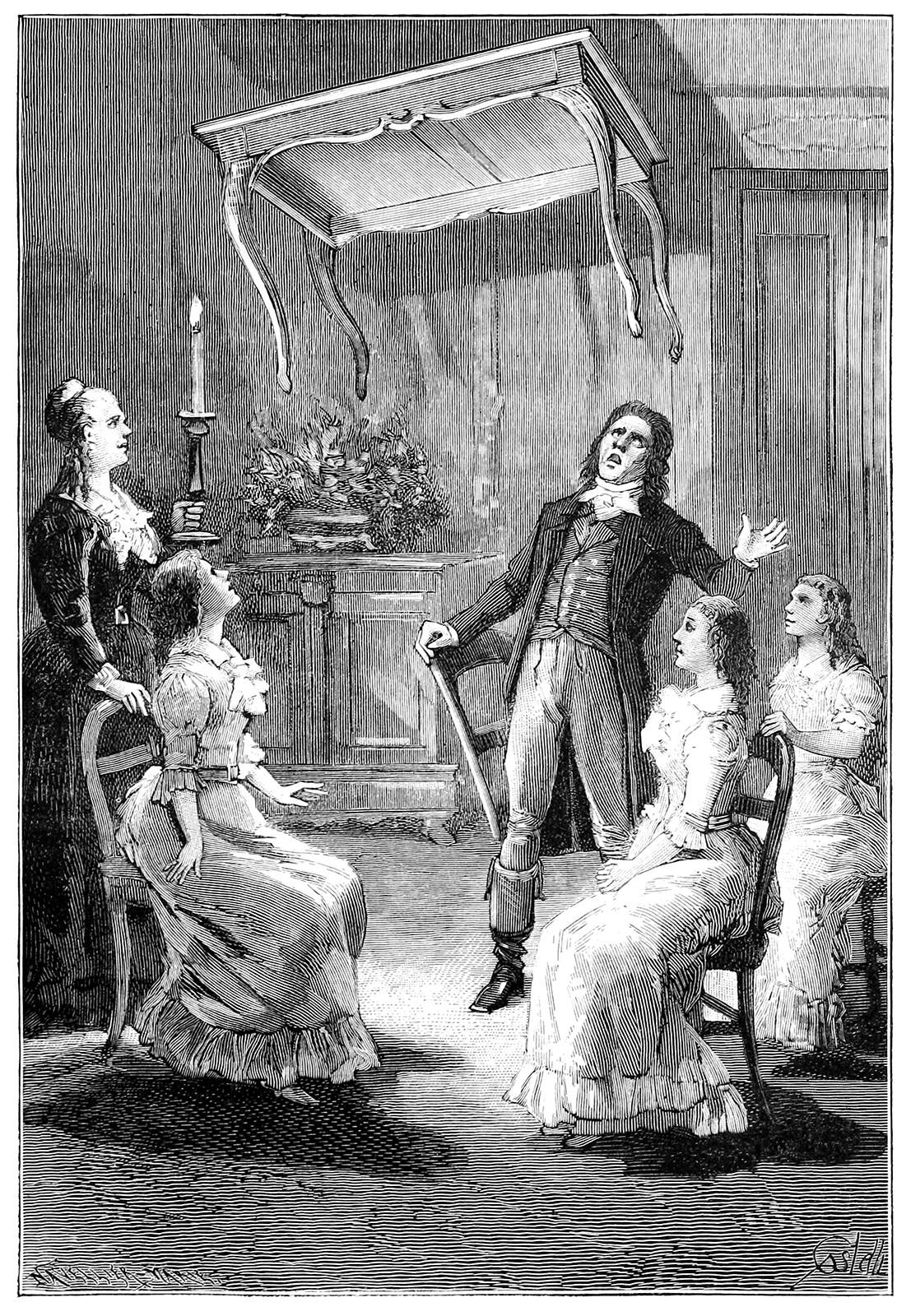
And I’m saying this as someone who’s spent the better part of the last three years writing emails to strangers—because I feel both liberated and yet also cursed by them. Newsletters are just…inescapable if you want to be a writer today.

But if websites are so great then why did everyone (including me) move to newsletters? Why did blogs die off? Well, there are ten million answers to those questions, but only three I want to focus on.
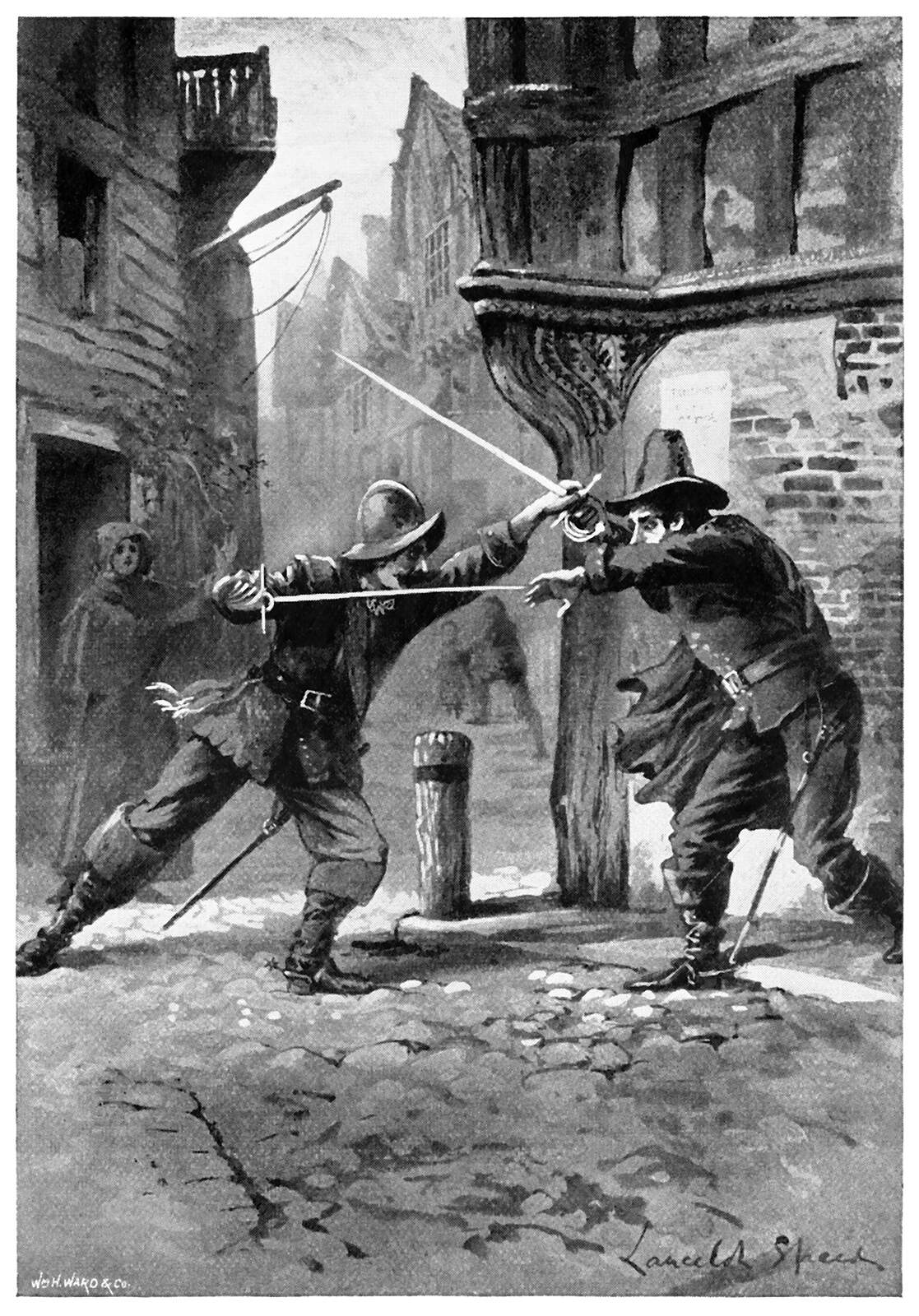
Newsletters killed blogs because…
- They’re impossibly easy to publish.
- Your inbox is a notification stream.
- Writers can actually, ya know, get paid.
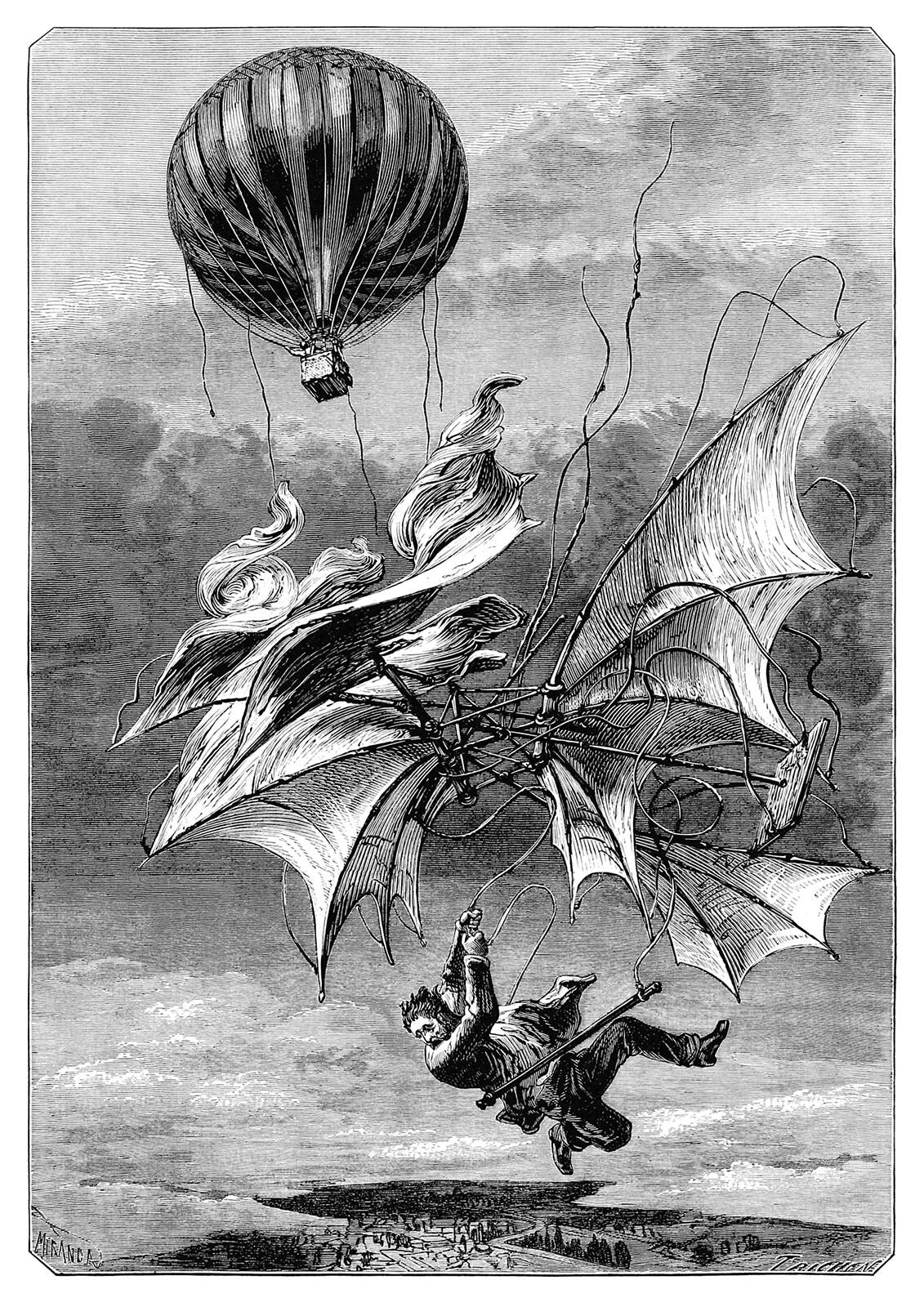
Alternatively, websites today…
- Are difficult to make.
- Can’t notify people of new work.
- Aren’t able to pay writers easily.

These are the main problems today but now, because of newsletters, I look back on writing for the web as this clunky, annoying process in comparison. The machine sure is beautiful but it requires so much damn work to get singing.
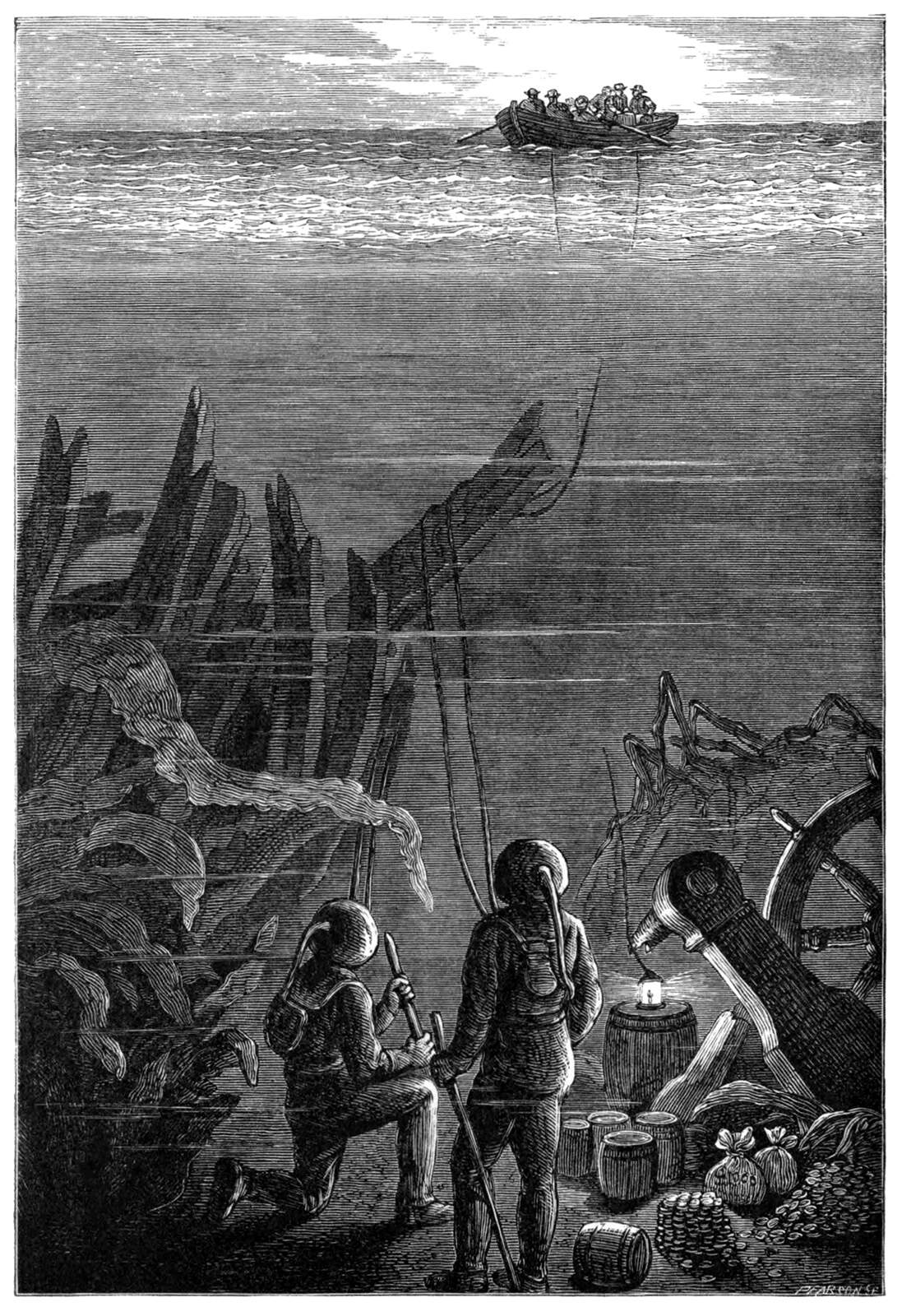
So I wonder how we can get the best of both worlds here: the ease of publishing newsletters, with all the beauty and archivability of websites. But what I’m really asking is…

…how do we make the web for everyone?
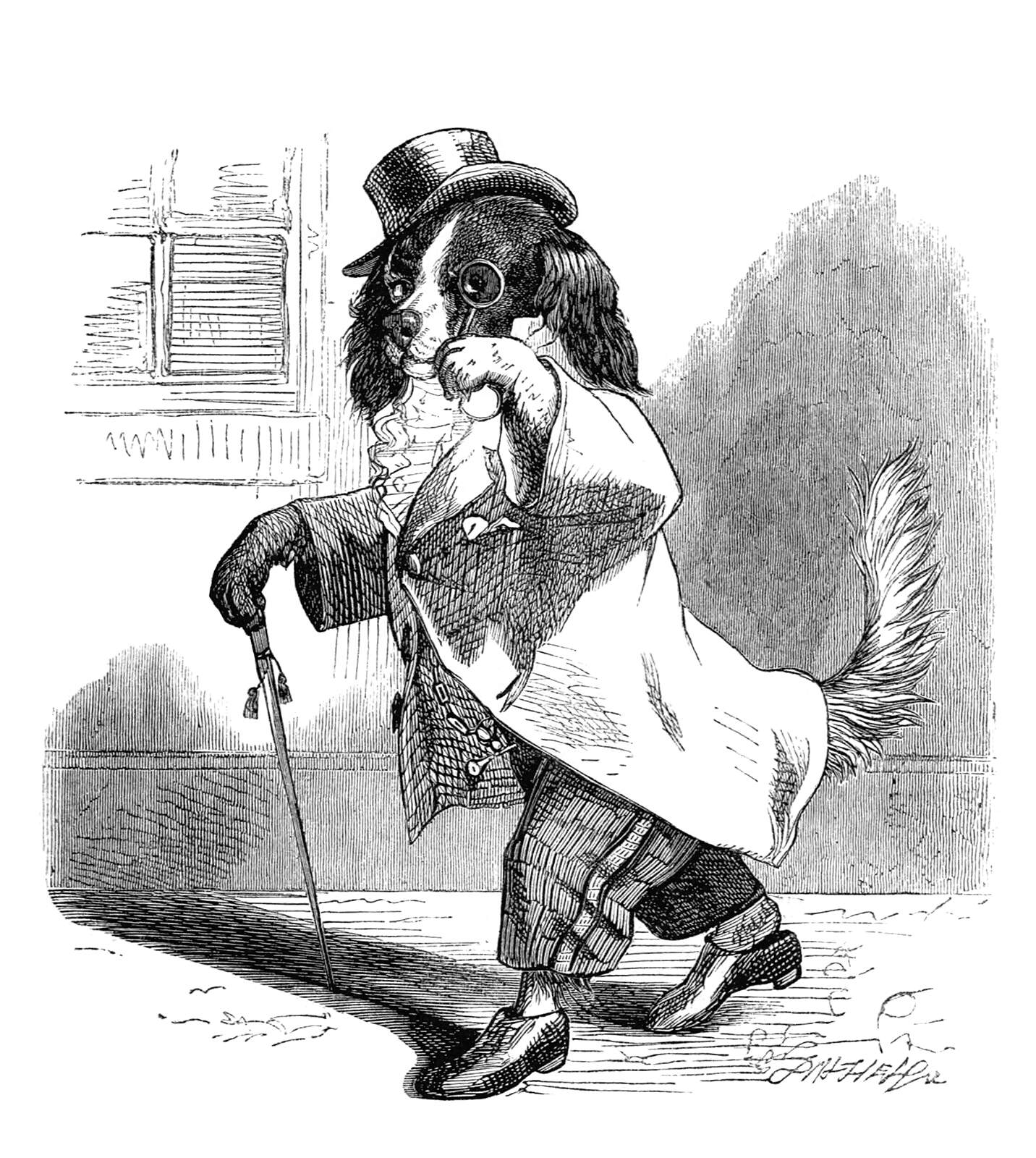
Let’s take a closer look.
Part One
Websites are too damn complicated

Websites haven’t gotten any easier to make over the past thirty years.

You still need to learn HTML and CSS to make a website. You still need to learn about hosting and domain names. You might even be forced to learn what the abbreviation CMS stands for, and I simply refuse to curse you with that knowledge.
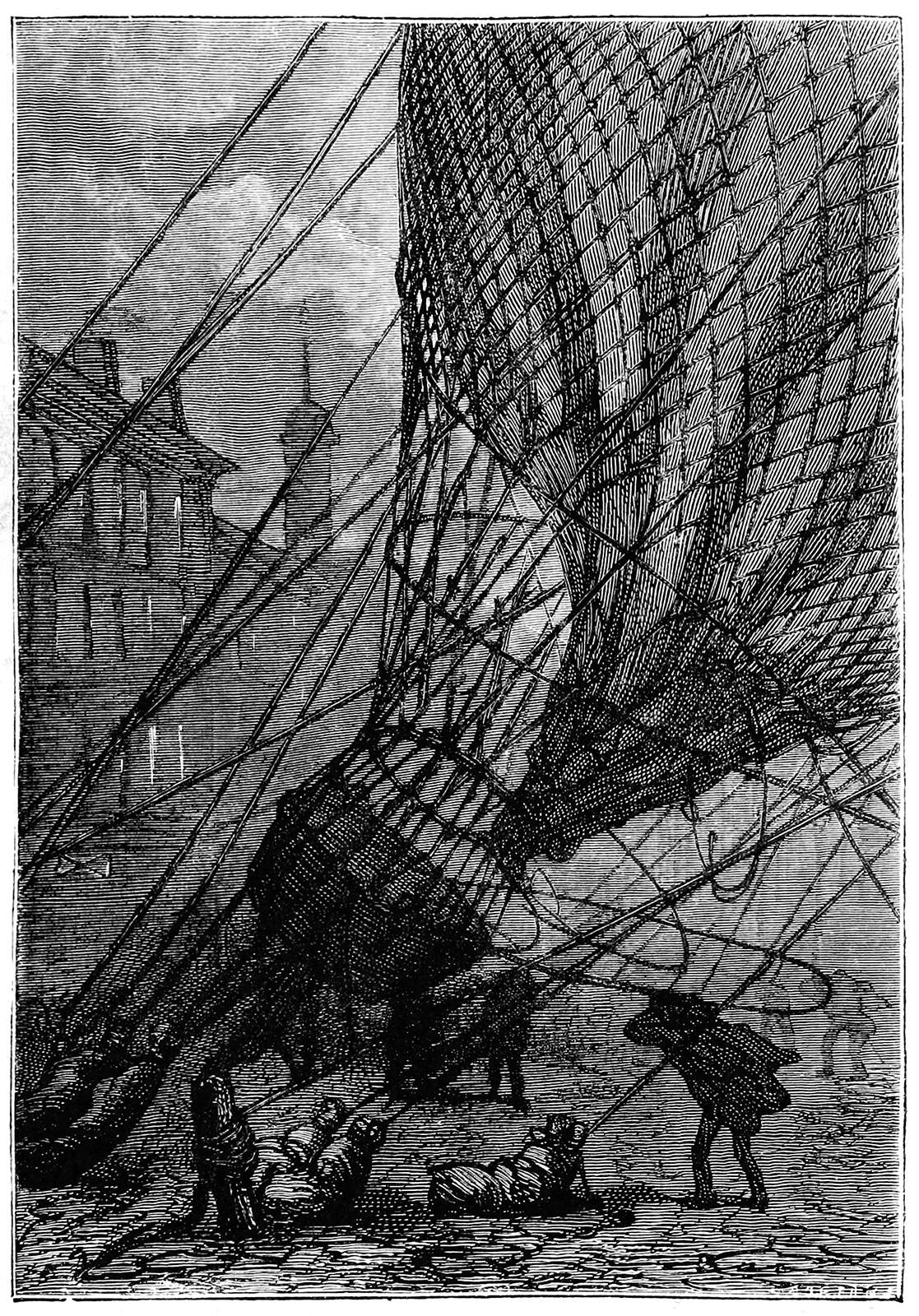
The web was originally intended to be read and written by everyone, but the technical hurdles of setting up a website excludes the vast majority of people. It should be easier so much easier.
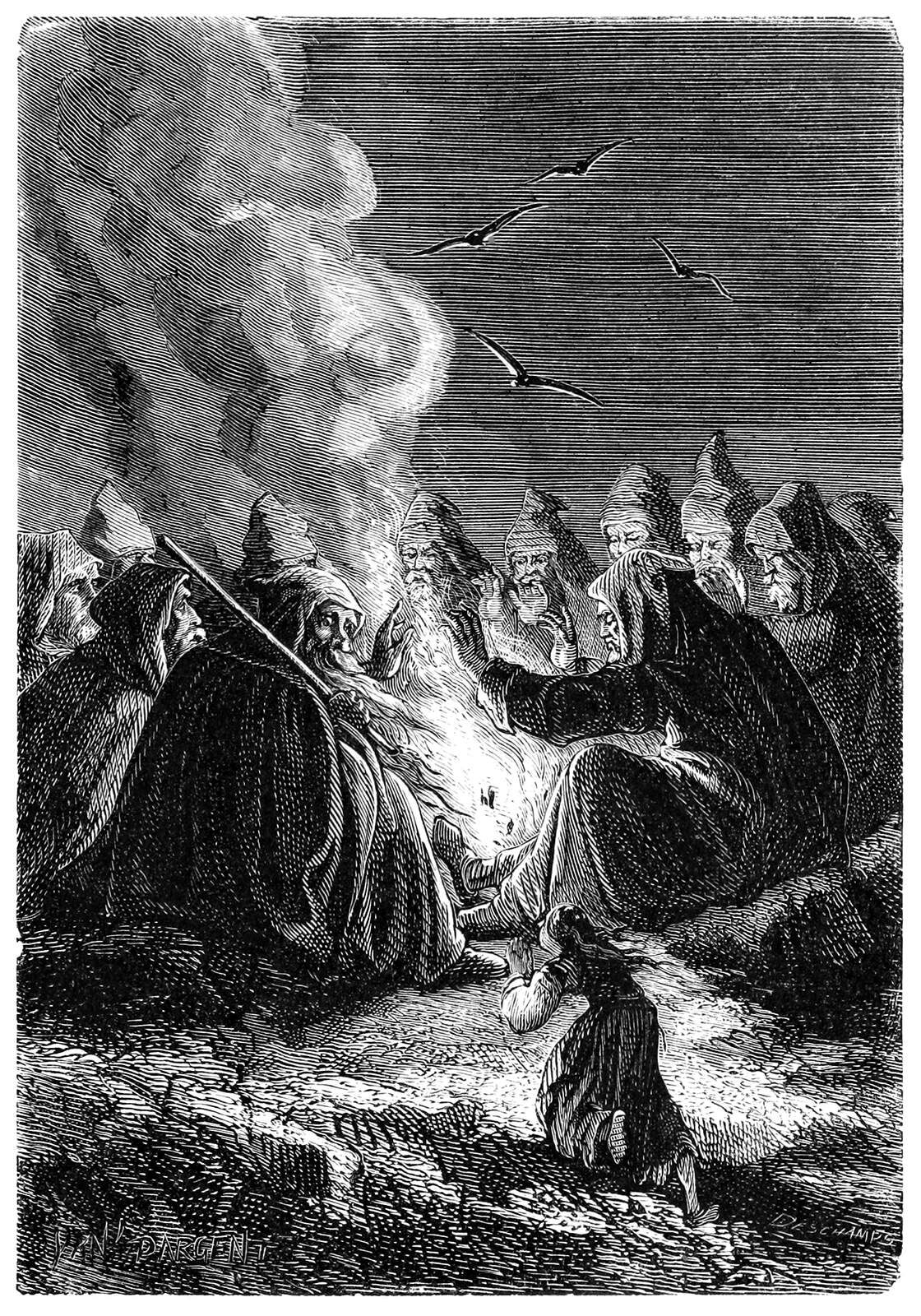
I’m not talking about the complexity of building giant web apps here. Even the smallest websites—with nothing more than text—are far too difficult to build.

But perhaps we didn’t bother trying to improve writing on the web because we let social networks devour all our words—the archives be damned.

The solution? Well, I have a few ideas, but one thing I’m dead certain of is that startups shouldn’t be fixing this for us.
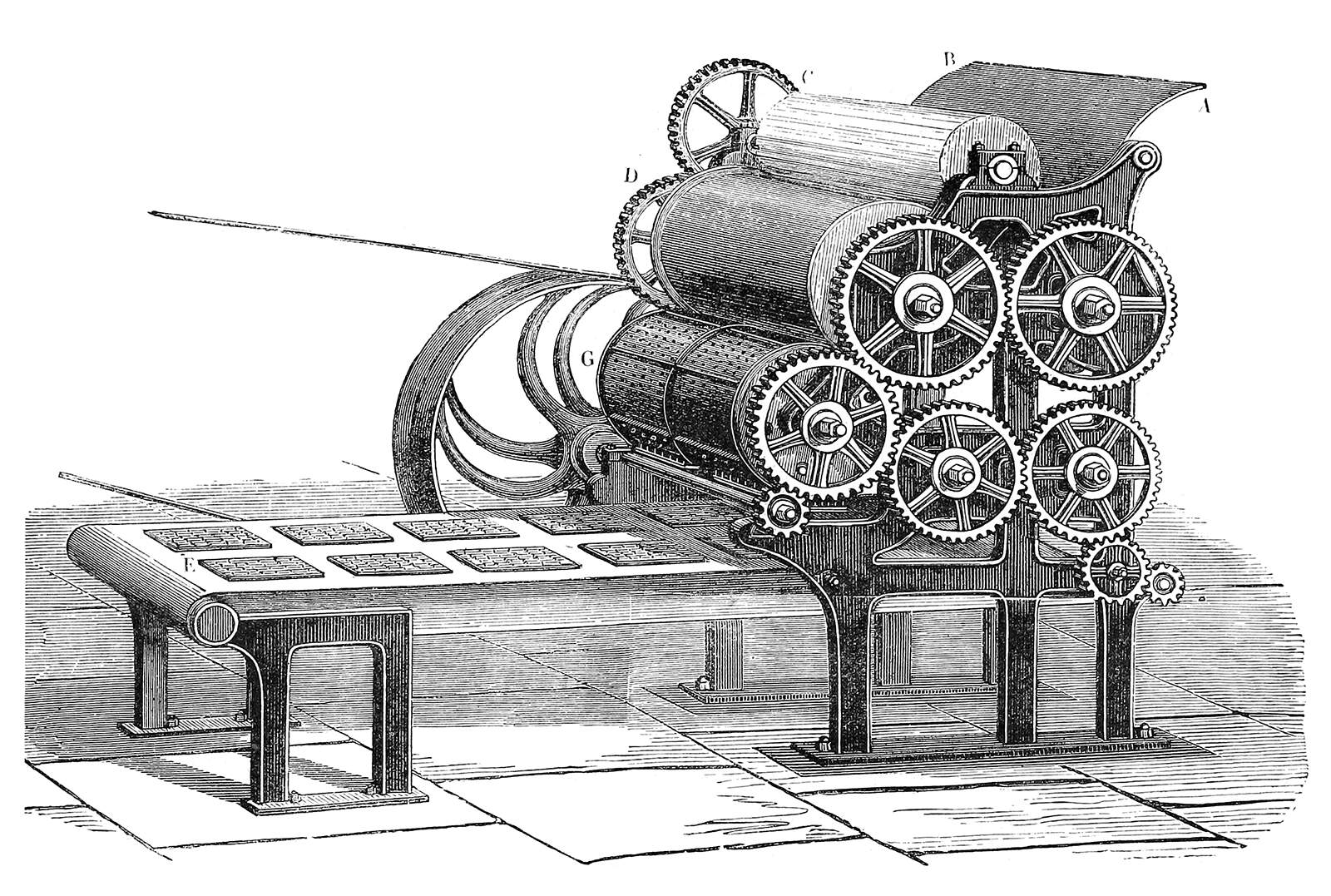
There have been some positive developments in recent years with the likes of static site generators, but again they still feel way too complex to me.

On this note, not so long ago I stumbled upon a service called blot.im and it showed me what building a website could be like; easy, fast, accessible.
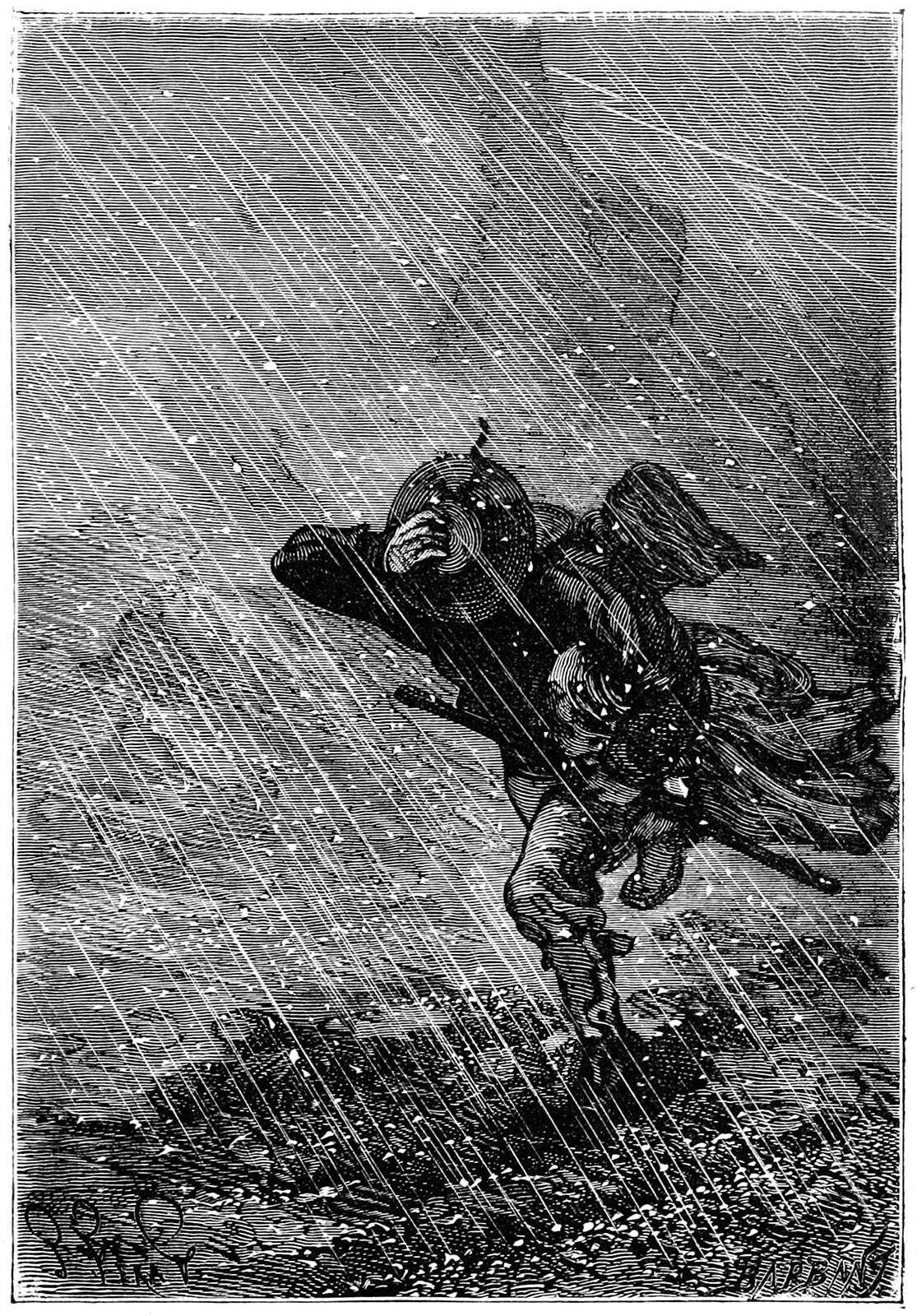
I reckon this is the future we should be striving towards.
Part Two
RSS is for Nerds

When you subscribe to a newsletter you don’t have to keep coming back to the source to see if there’s something new. Whenever a writer publishes something then you just get an email.

The problem with the web is that when you publish something it just sort of disappears from sight. Writers have to spam all the social networks to remind people that they even exist.
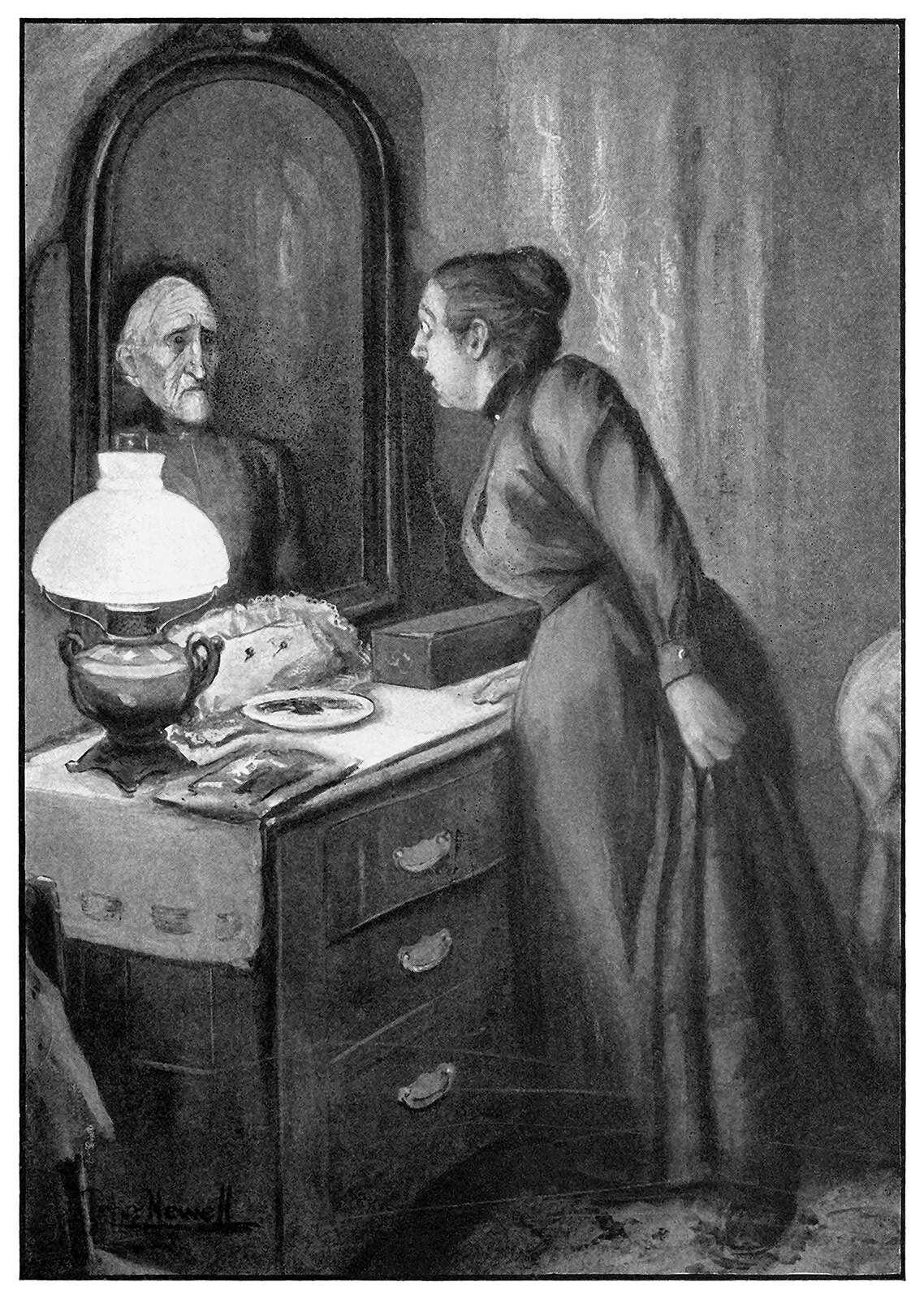
And yet the web sort of has this built-in notification stream and sort of…doesn’t at the same time.
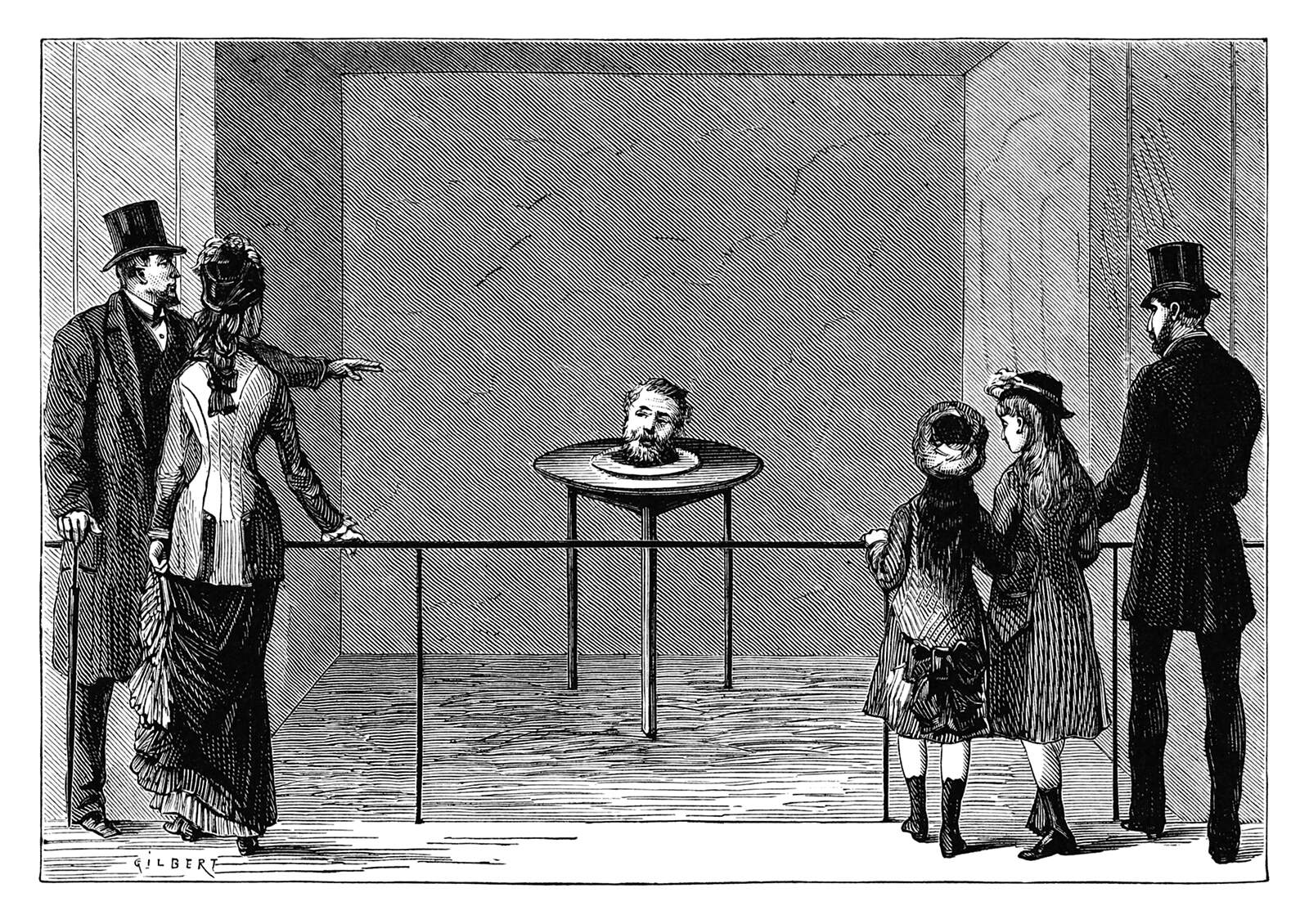
It’s called RSS; an ancient, dusty technology that lets you subscribe to a website and see updates as they happen. With an RSS reader app you can see what’s new from your favorite writers.
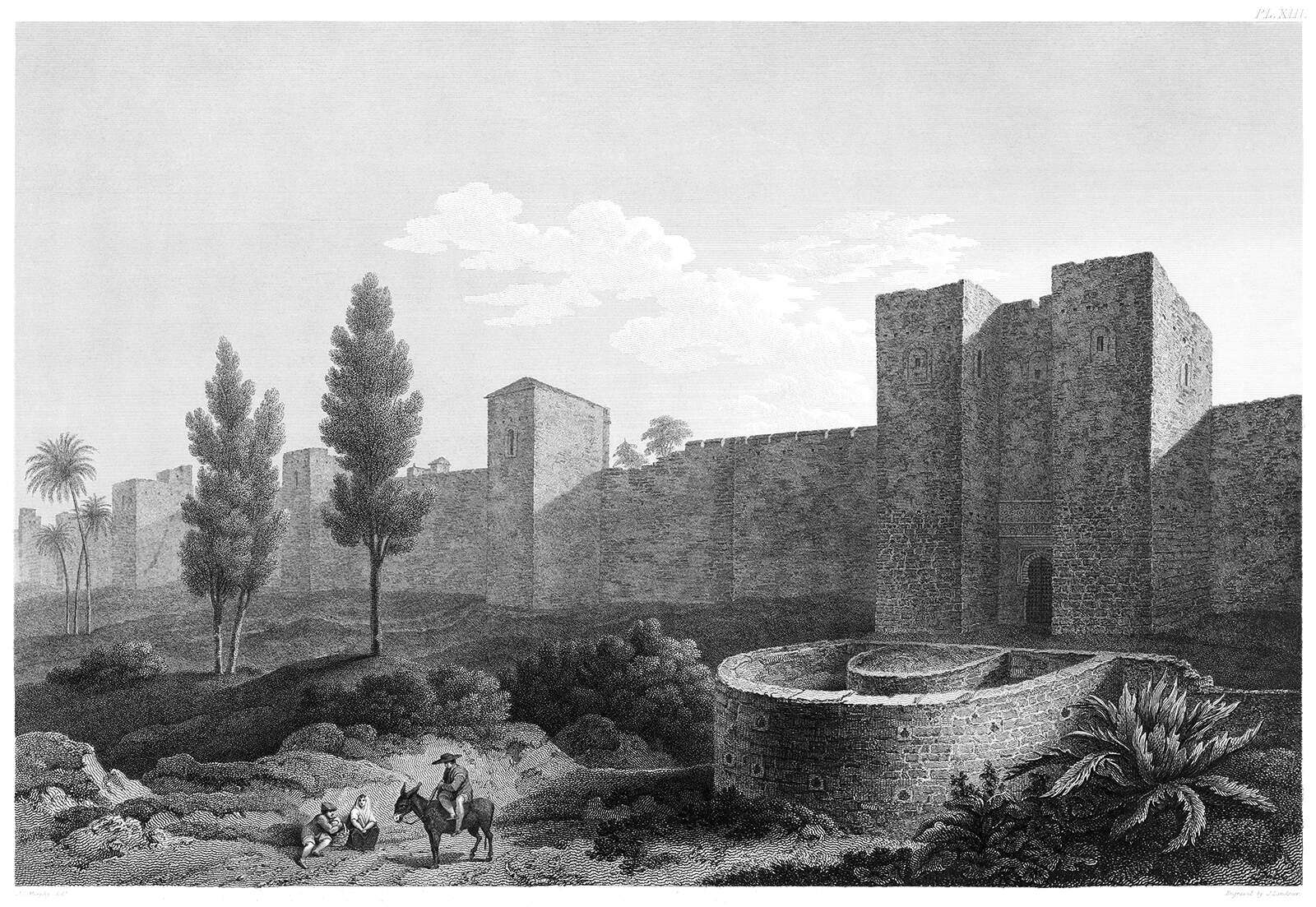
Basically my whole political platform is this: RSS is the promised land.
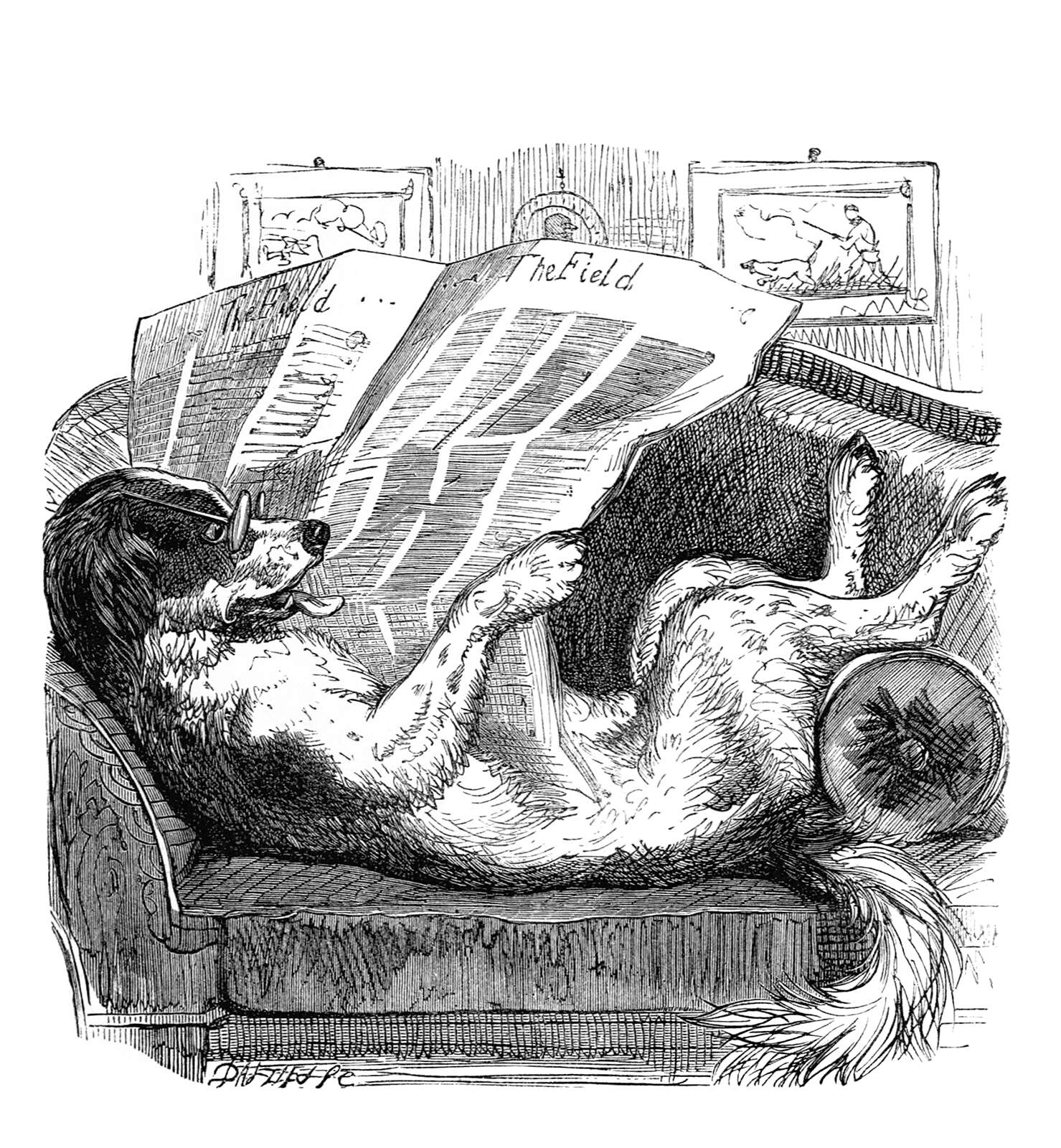
It’s the perfect way to read the web and to keep up to date with things. So much so that I consider my RSS reader (Reeder.app) to be my favorite web browser, not Chrome, Firefox, or Safari.
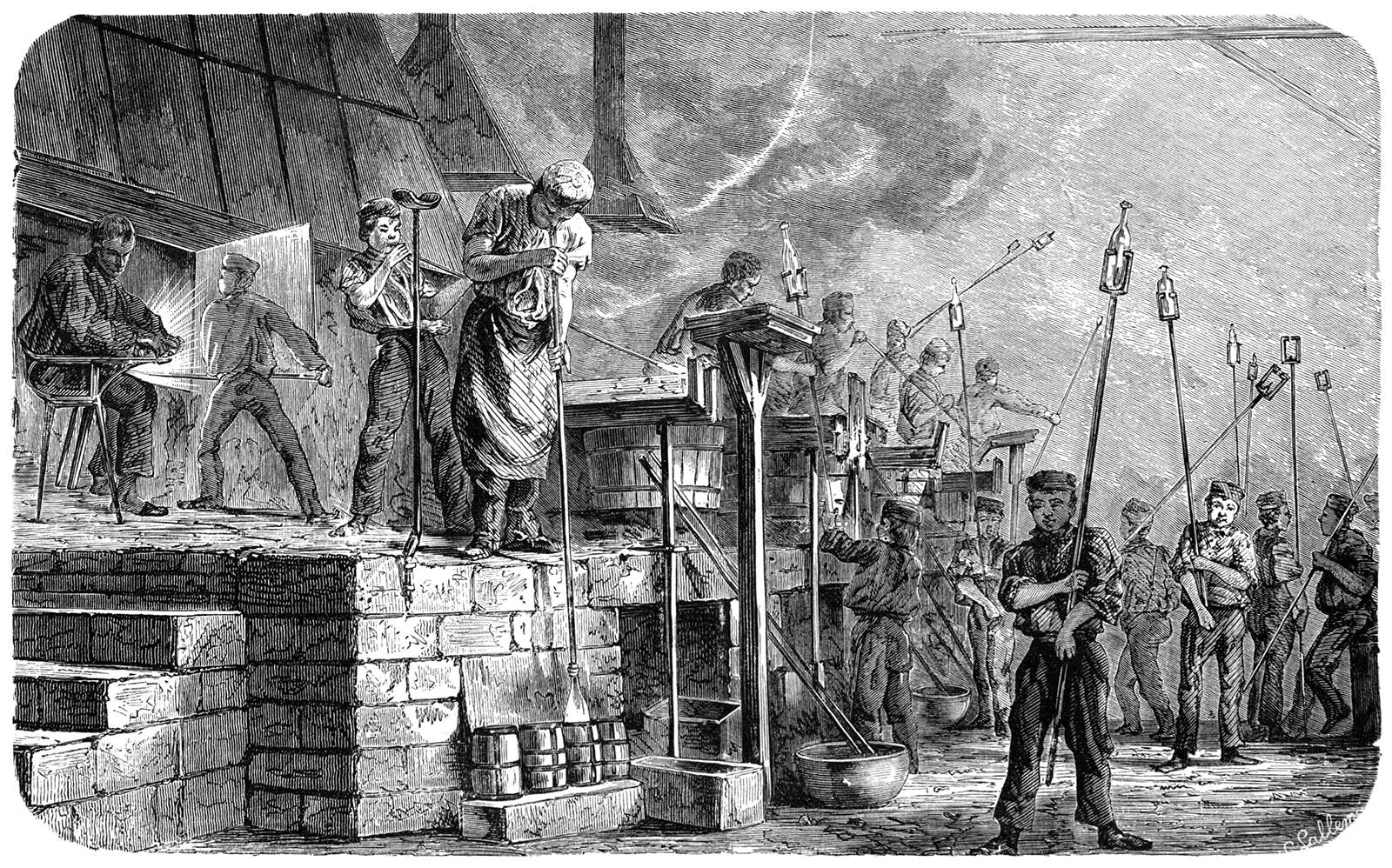
The problem with RSS is that you need to know that RSS exists, how it works, which websites support it, etc. It’s nothing short of an enormous faff.
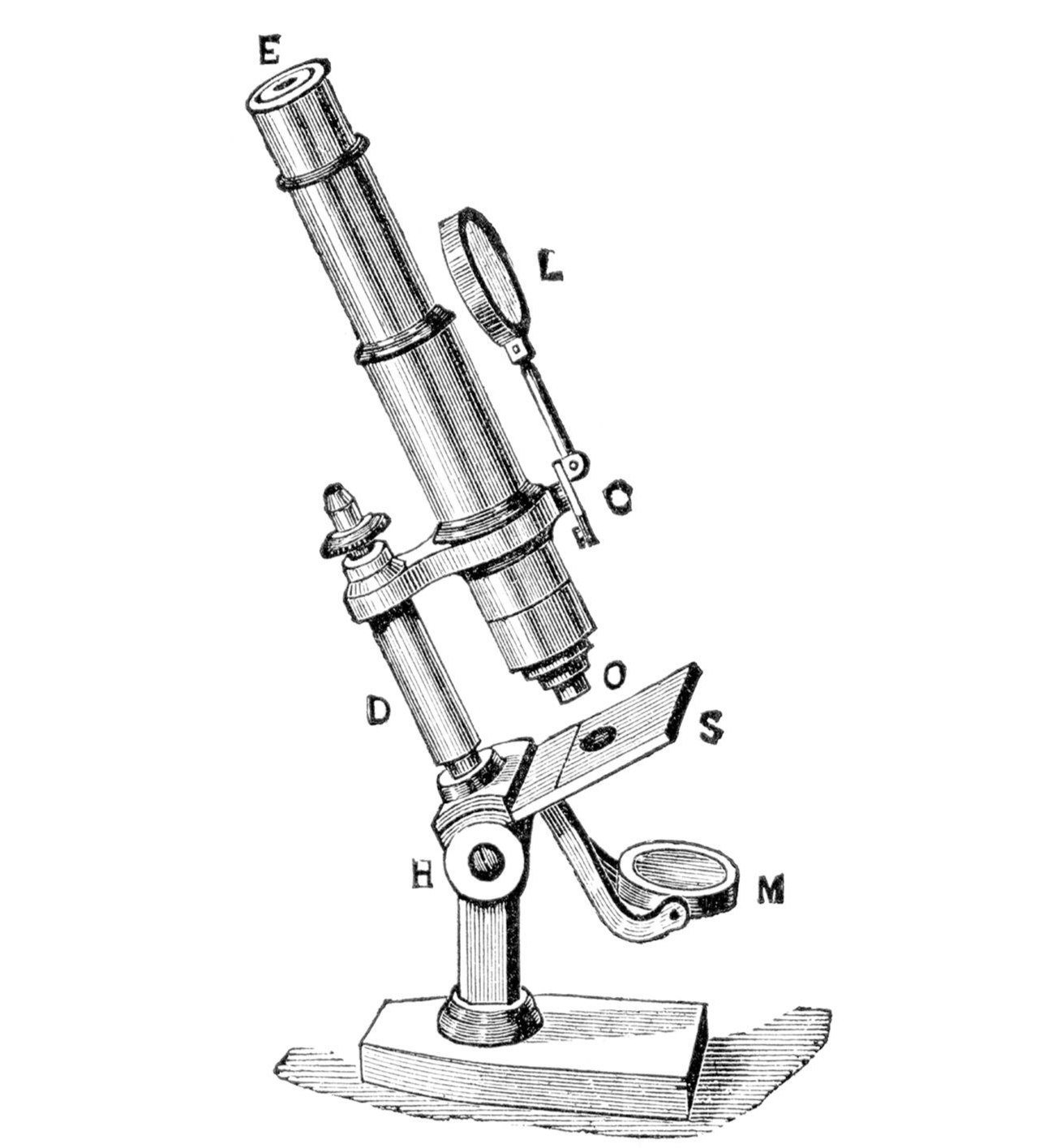
But it’s not like RSS is brain surgery, the problem is that it’s hidden away and just complicated enough that 99% of folks won’t care about it.

“RSS is far too complex!” you might say. Well, RSS-the-technology today is fantastically popular—it’s the machine that powers podcasts. So why isn’t RSS used for websites if we use it everyday for audio?
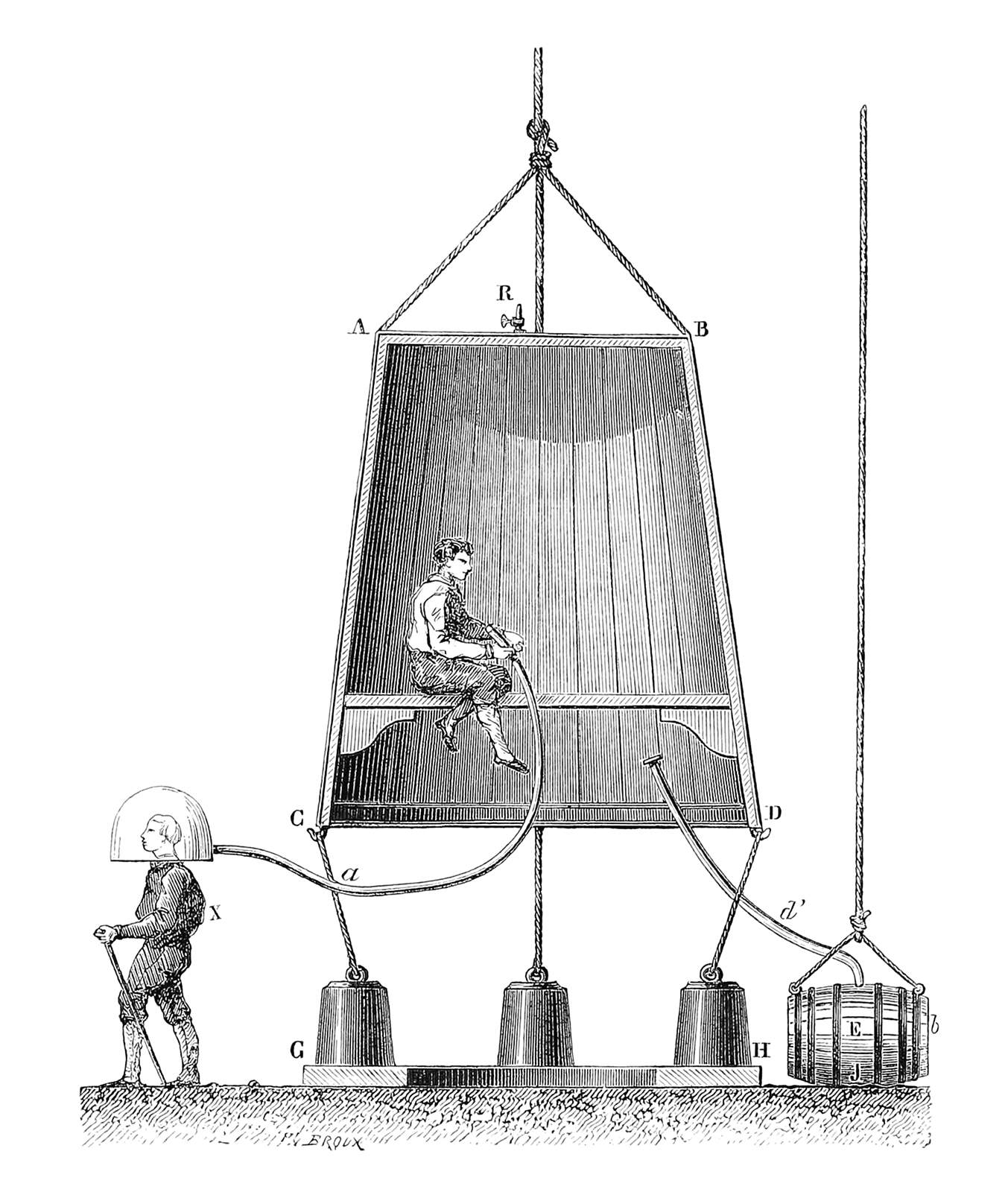
I reckon RSS never reached critical scale for websites because it was never built into the browser itself. The failure here wasn’t the technology but the distance between RSS and how we browse the web.

Hear me out: if RSS was renamed, rebranded, and brought to the surface of the browser then I expect legions of people would adore it. No longer would you have to give all these strangers your email address to sign up for the newsletter.
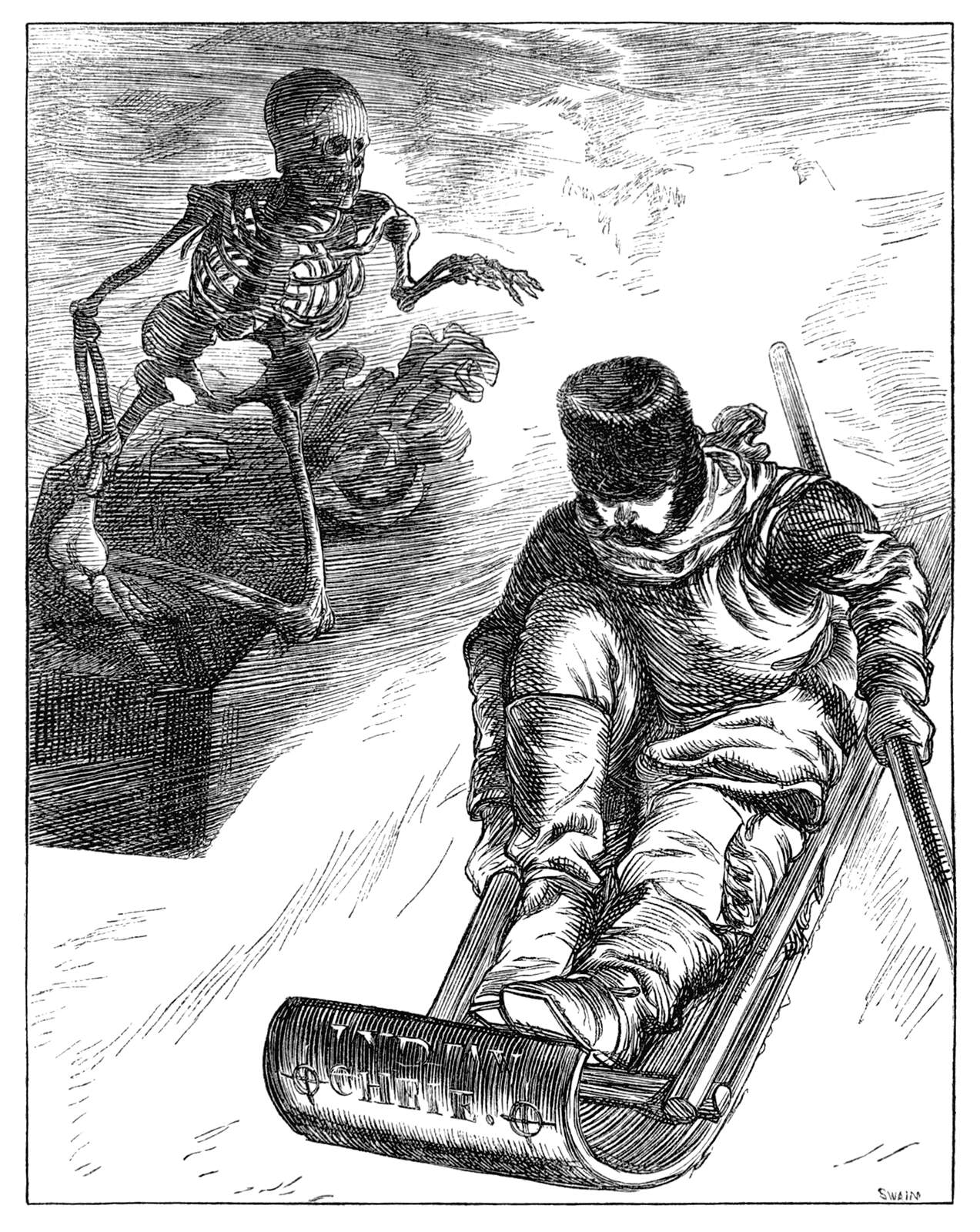
And if we could subscribe to websites easily then the web itself might not feel quite so forgettable.
Part Three
Paying writers is too damn hard
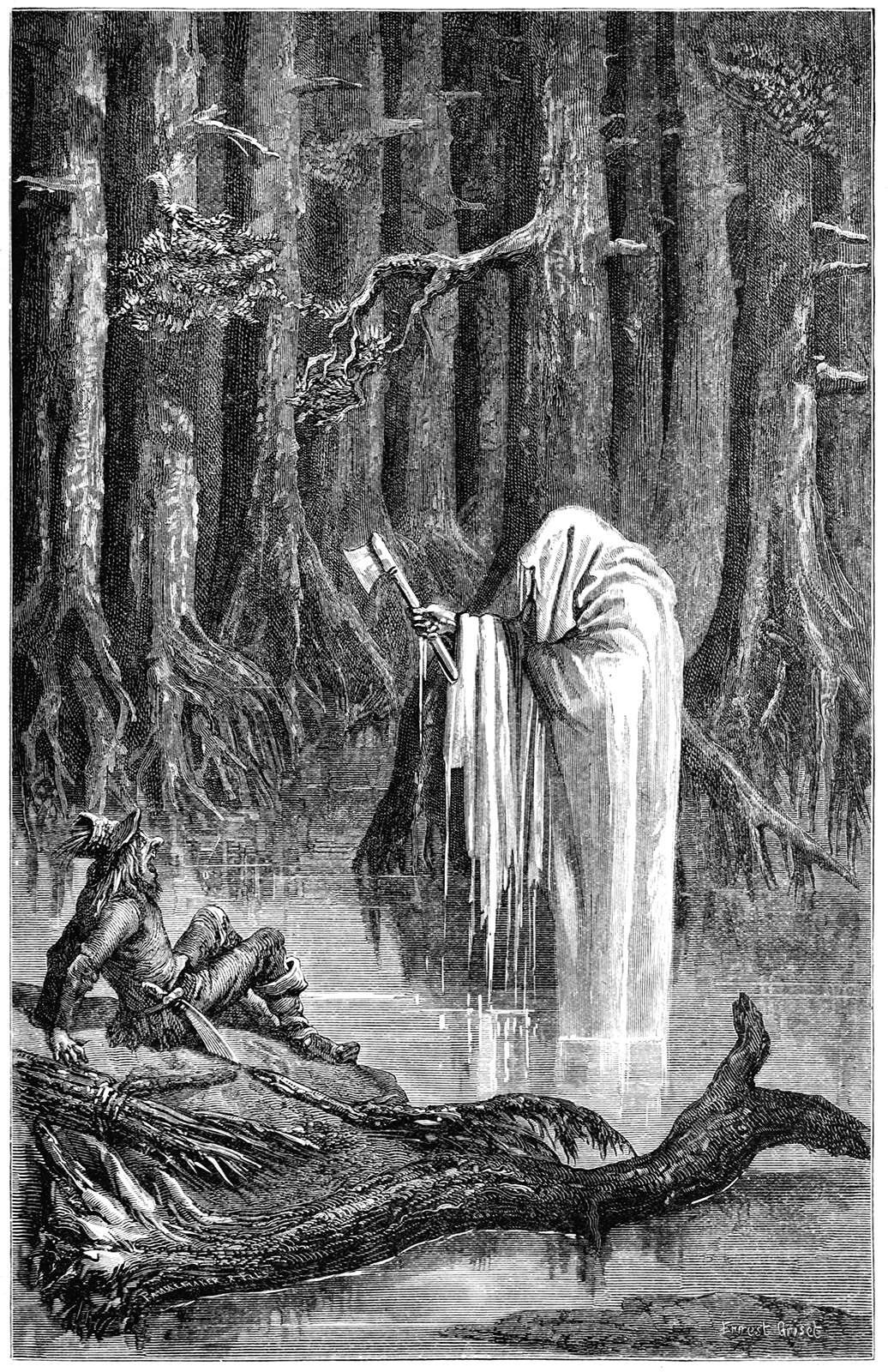
This has been called the original sin of the internet. Since you can’t pay someone directly through the browser, the thinking goes, then all these other hacks pop up to squeeze money out of folks; invasive and ugly advertising, privacy-breaking data collection, etc.

If you have enough technical knowledge or a big enough following then you can build a subscription service for your website. This isn’t possible for a lot of writers though.

But why should subscribing to a website be any more complex than subscribing to a newsletter? Why do I have to go through Substack or Patreon or the Kindle as a middleman?
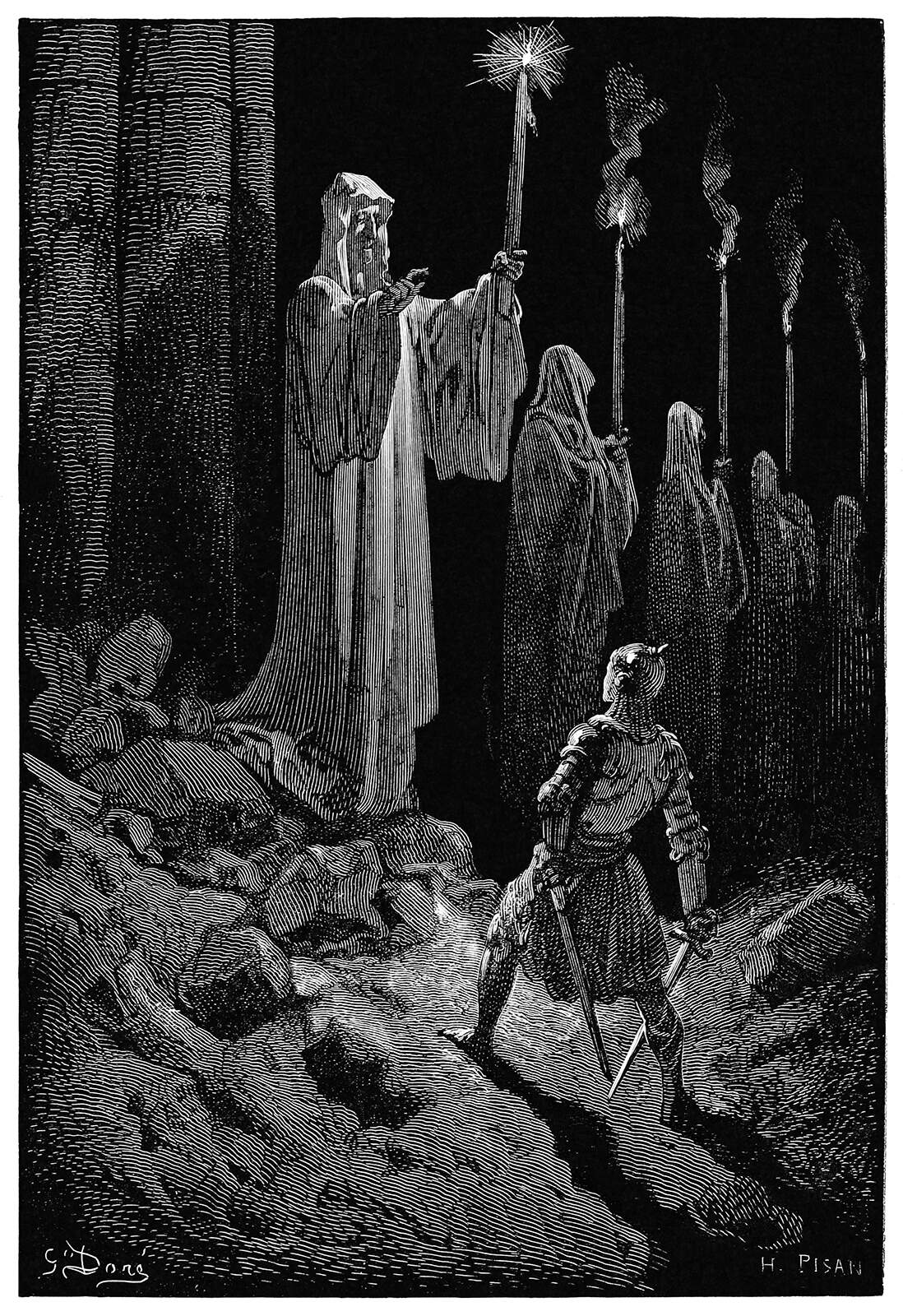
Look—I adore these services because they open the doors for so many new writers and buck wild stories. But that’s only because the web itself is so damn difficult to make work as an independent publishing platform.

Paying and subscribing to a writer’s work should be one click away, without having to go through a middleman who takes a big percentage off the top.
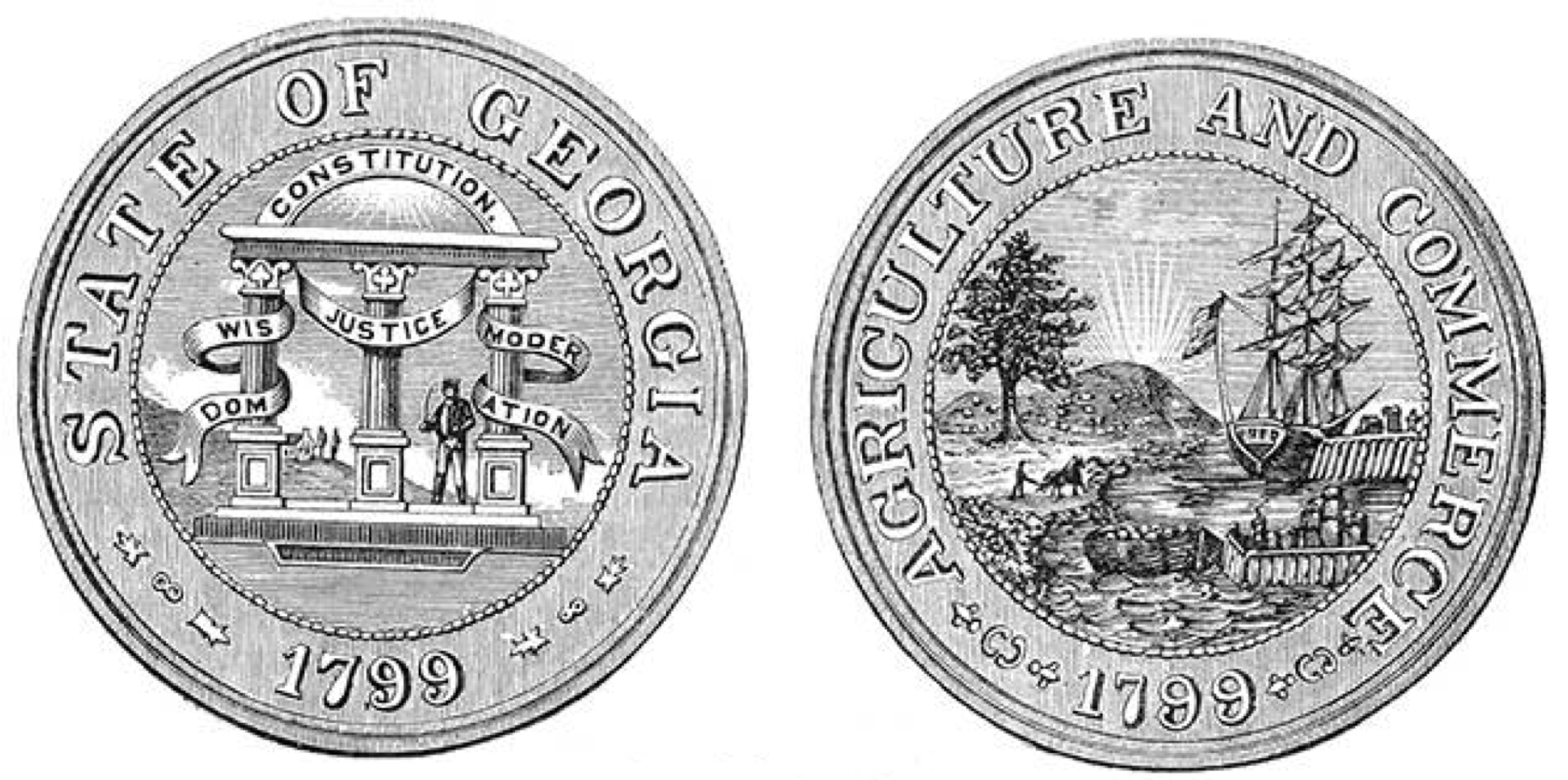
There are neat developments in this space: services like Coil or web browsers like Puma are worth paying attention to because they’re trying to upend the way that money is distributed on the web.

There’s also, well, brace yourself: the Web Monetization API. That sounds scary! But I think it’s where things get truly interesting (although it’s still far too complicated for most writers to benefit from).
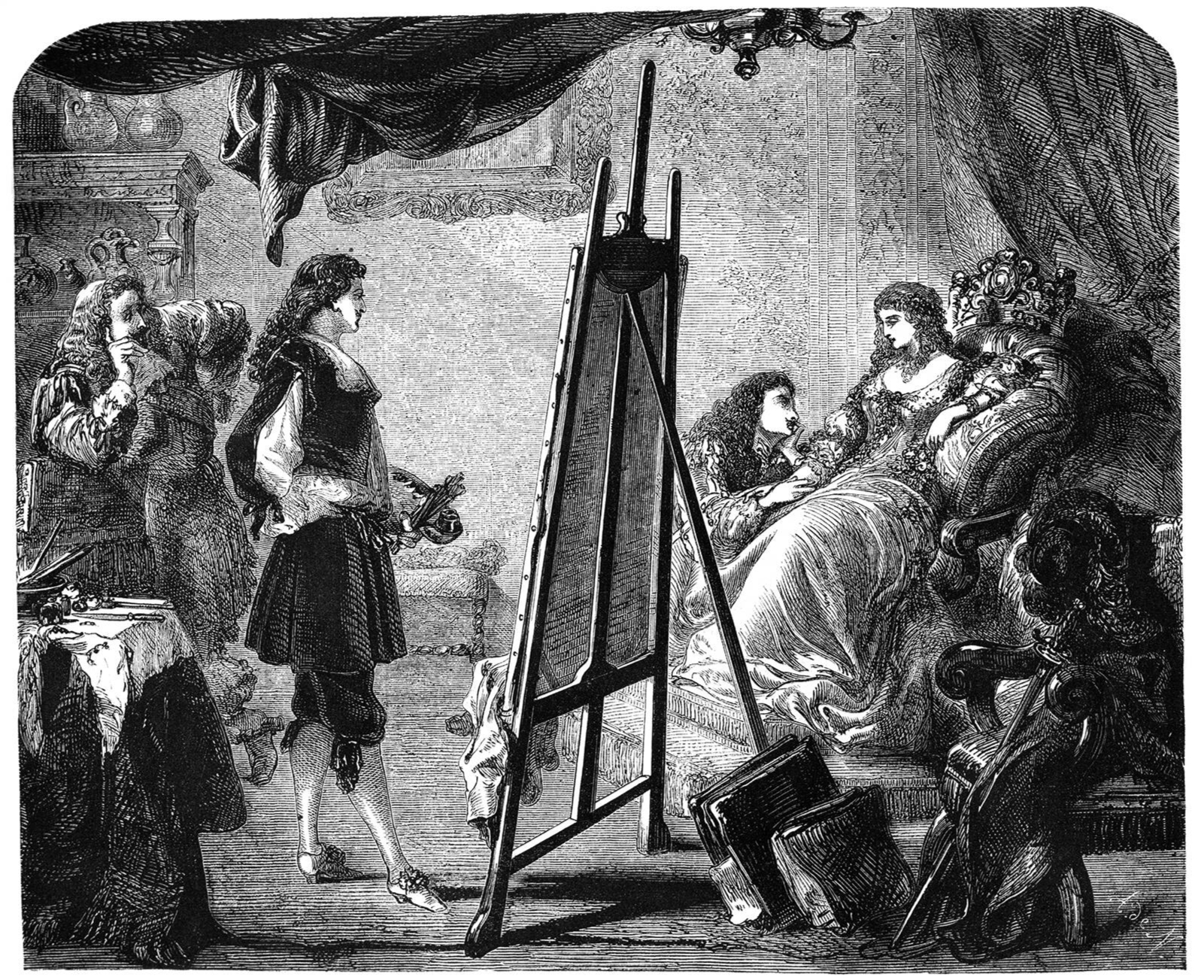
My point here is that being able to pay folks easily through the browser could open the door for all sorts of other artists, not just writers.

Also, writers choose a newsletter service like Substack because the business model is straightforward. I just sort of wish this infrastructure was built into websites themselves.
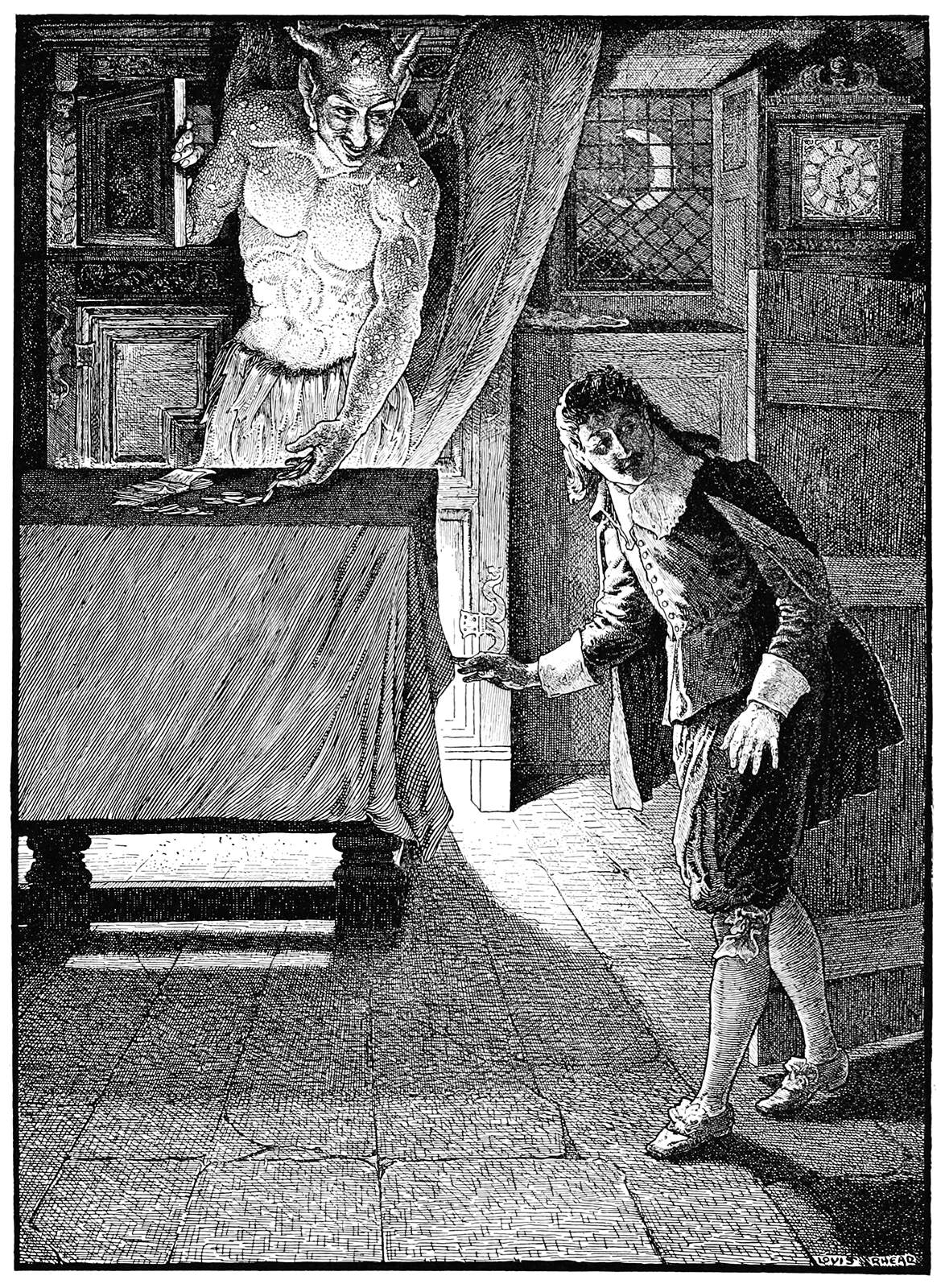
My point is this: there’s a viable alternative to newsletters if we fill in all these gaps.

All I know is that the web today is not made for us. It’s no longer made for people to send charming bits of texts to strangers.

Instead, I see the web as this public good that’s been hijacked by companies trying to sell us mostly heartless junk.
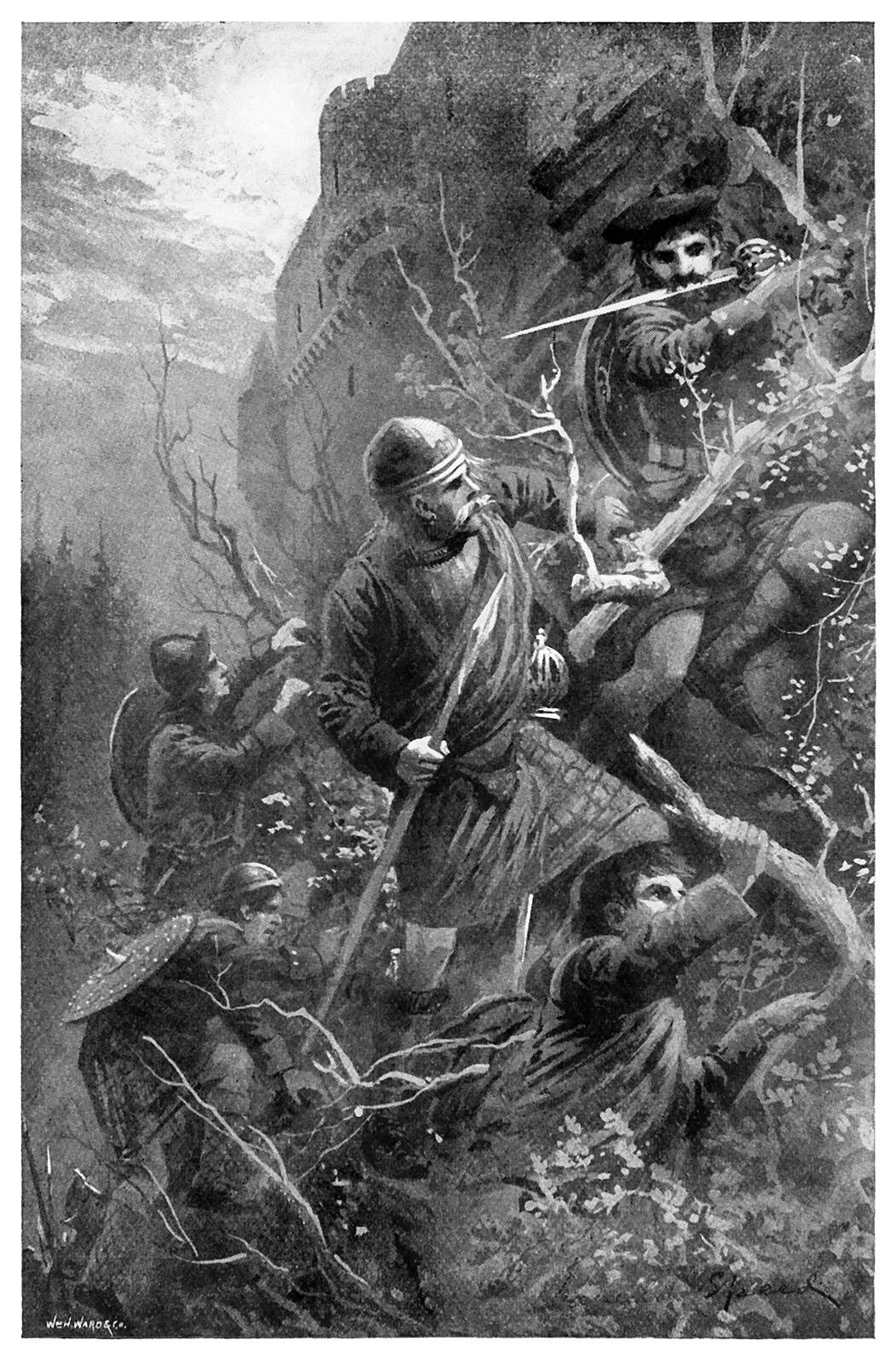
The web today is built for apps—and I think we need to take it back.
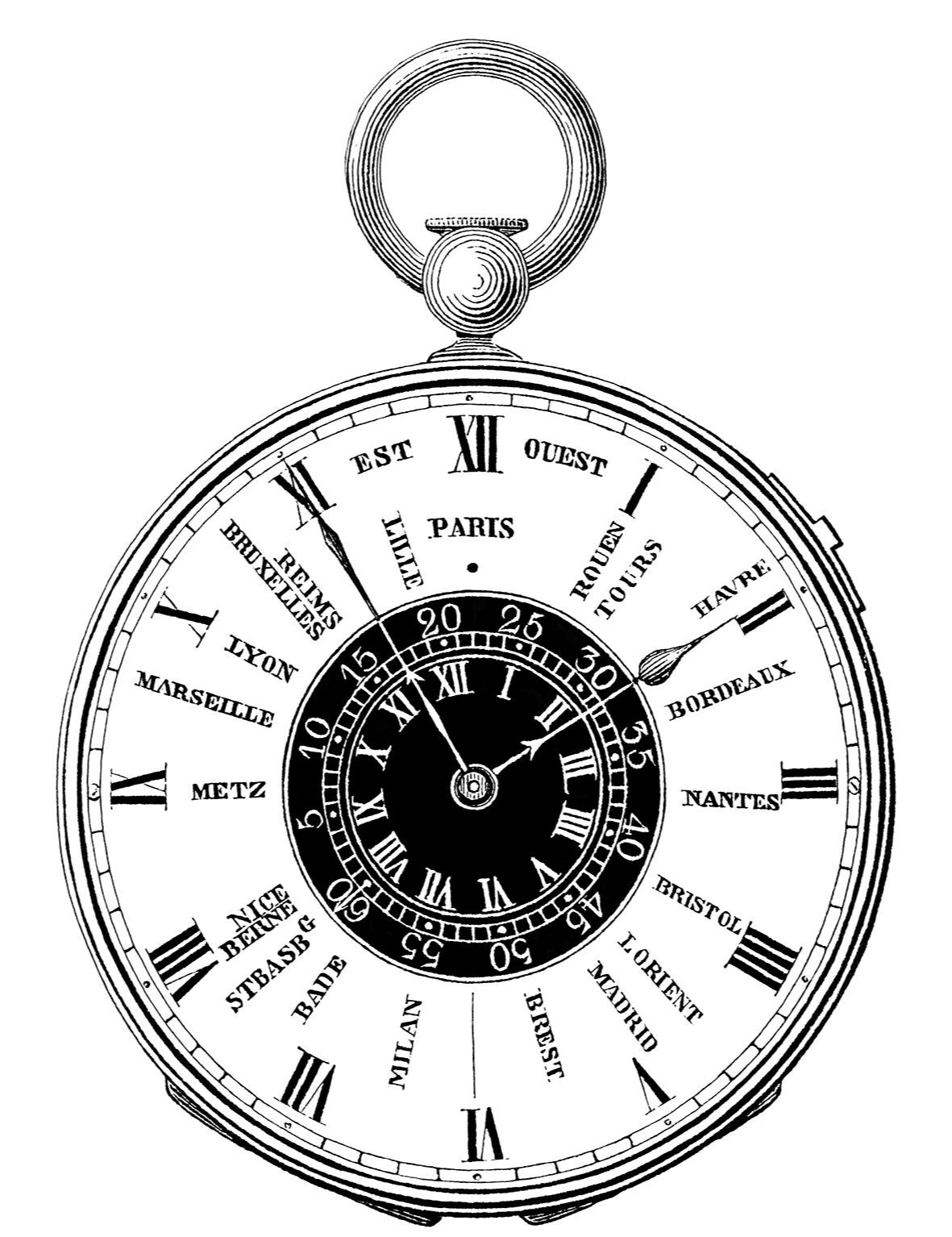
Because there are so many break-ups and coffee beans to write about! There are stories about clocks and Northumberland flower gardens waiting to be recorded, gift-wrapped, and delivered to us!

What really excites me about the sudden popularity of newsletters is that it shows us how people desperately want this kind of writing still. They value the web in the same way that I do.
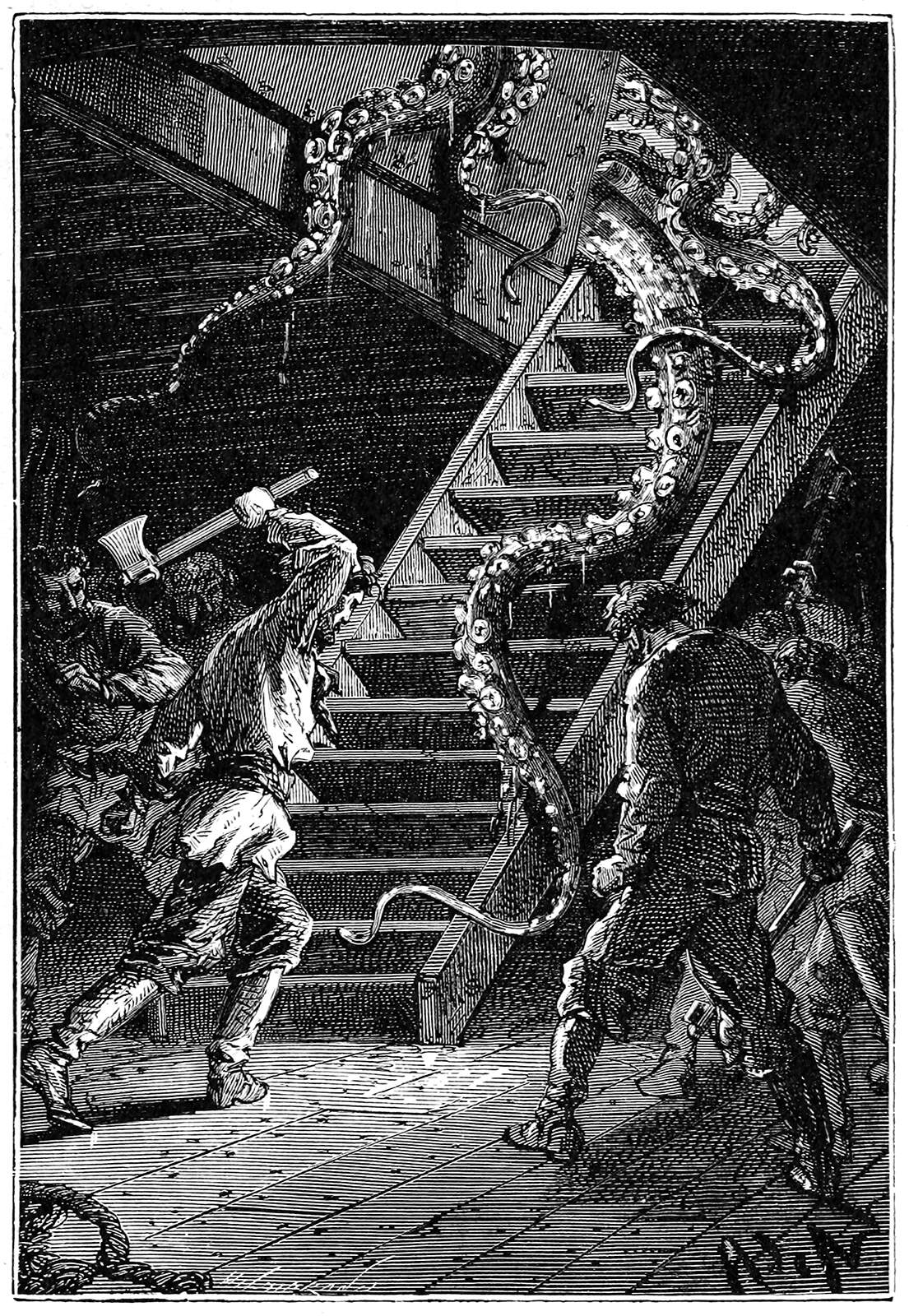
What this also shows me is that we haven’t given everything up to social networks yet. This makes me hopeful…
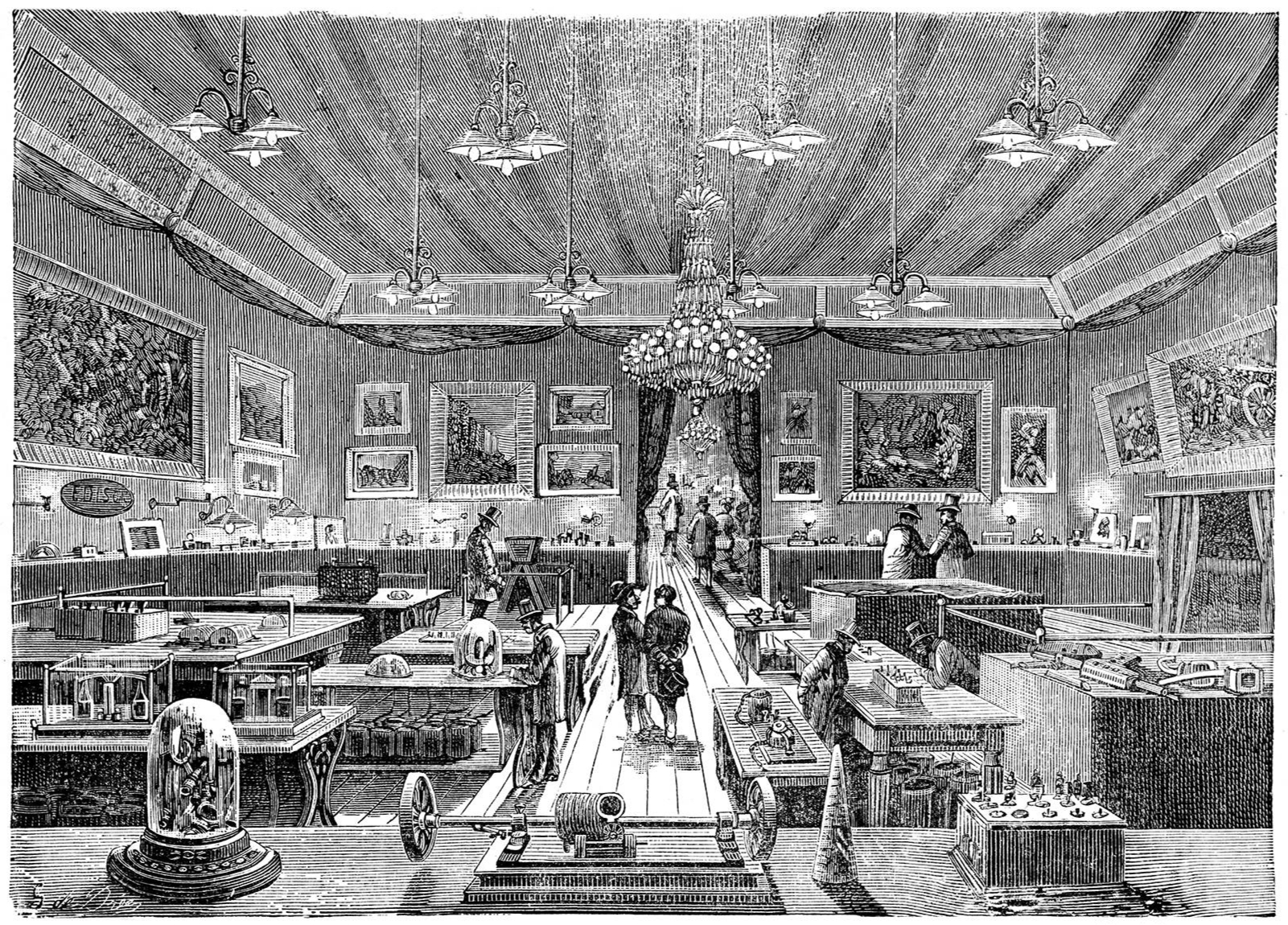
…because the web is still unfinished and there’s so much work left to do.

Special thanks to Old Book Illustations for all these lovely woodcuts and metal engravings. Also thanks to Lucy Bellwood, Celine Xu, Jez Burrows, Tori Hinn, Ali Burnett, Crick, and the Letterform Archive for the LfA Aluminia type family.
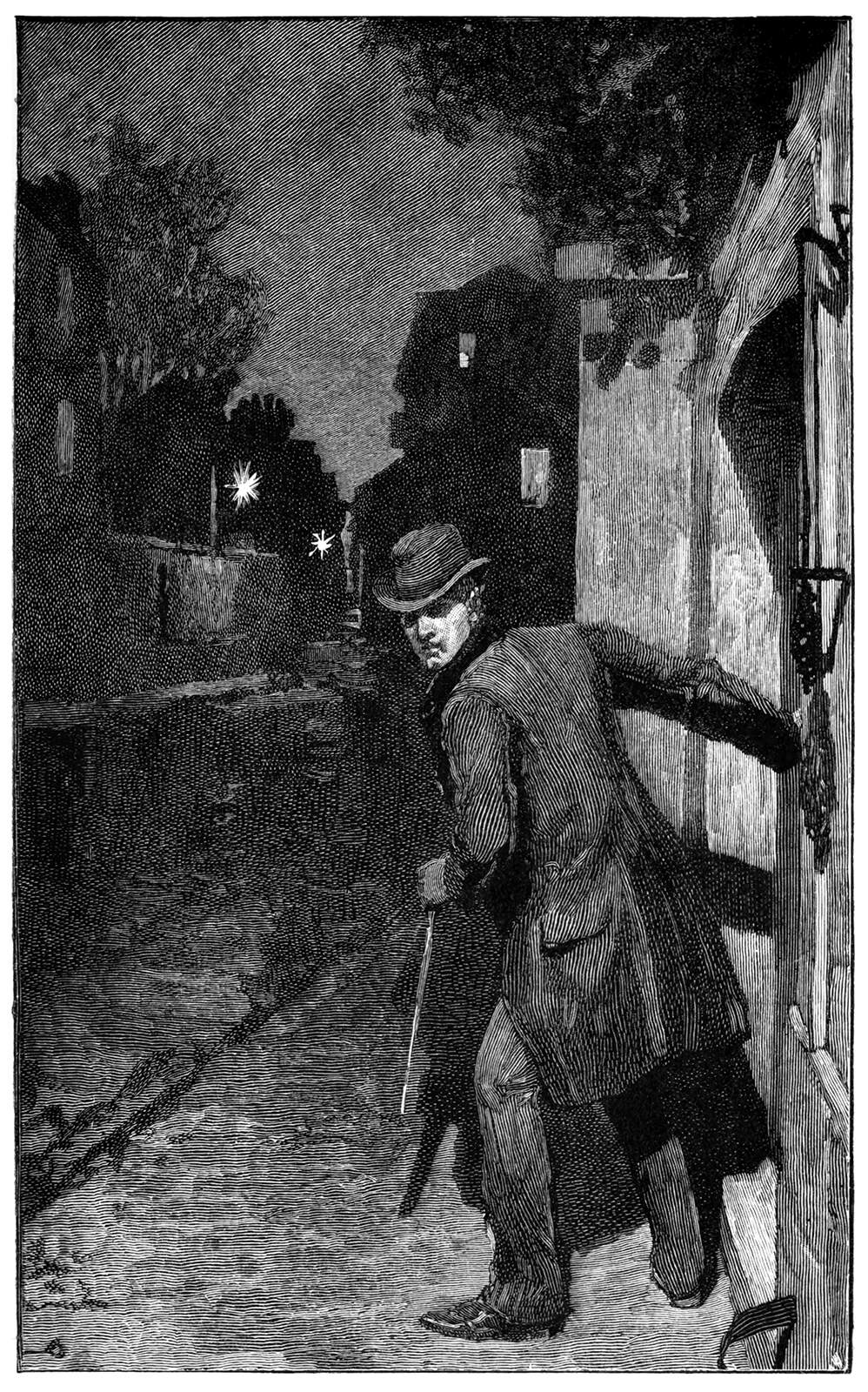
Now go away.
